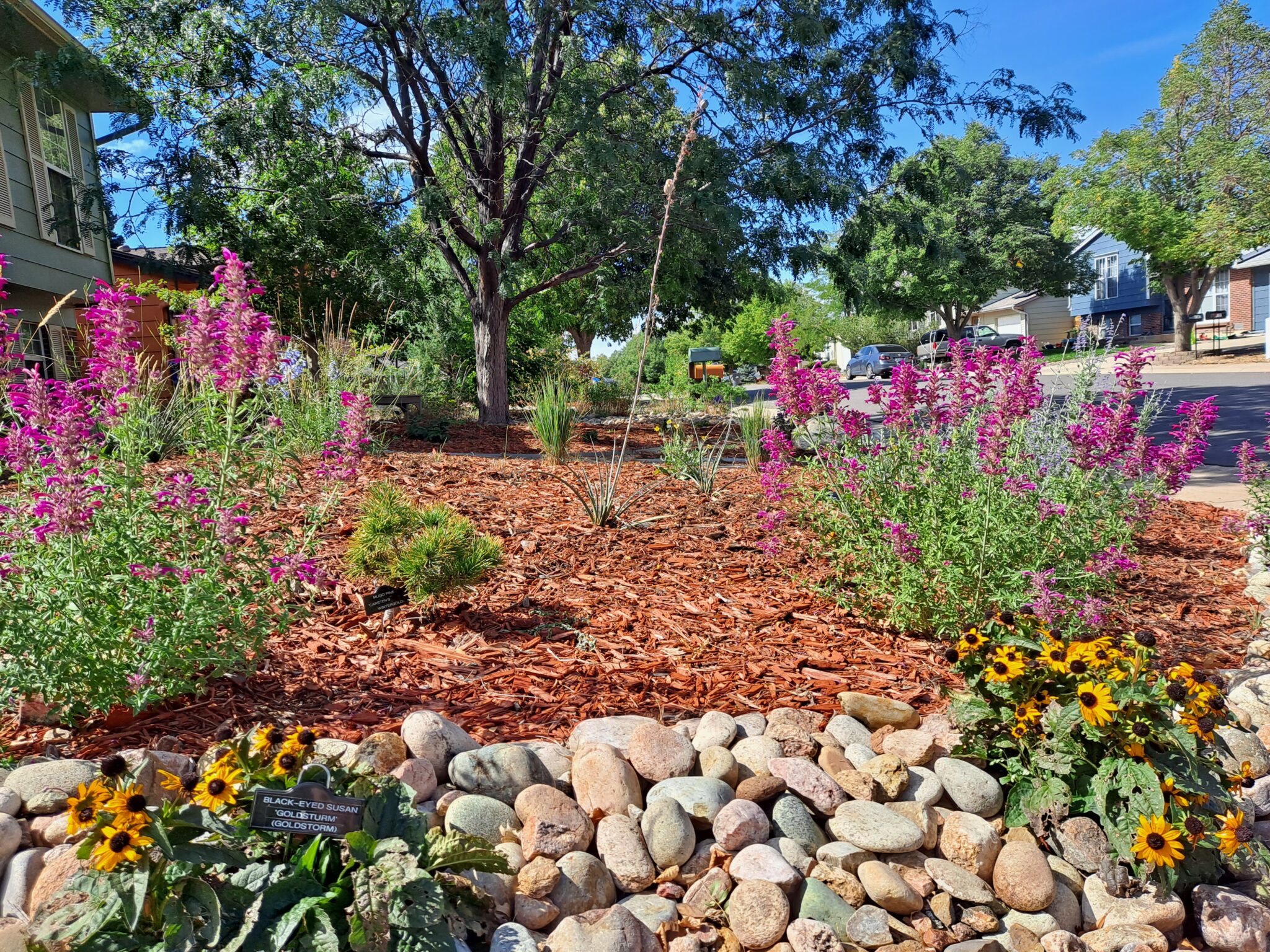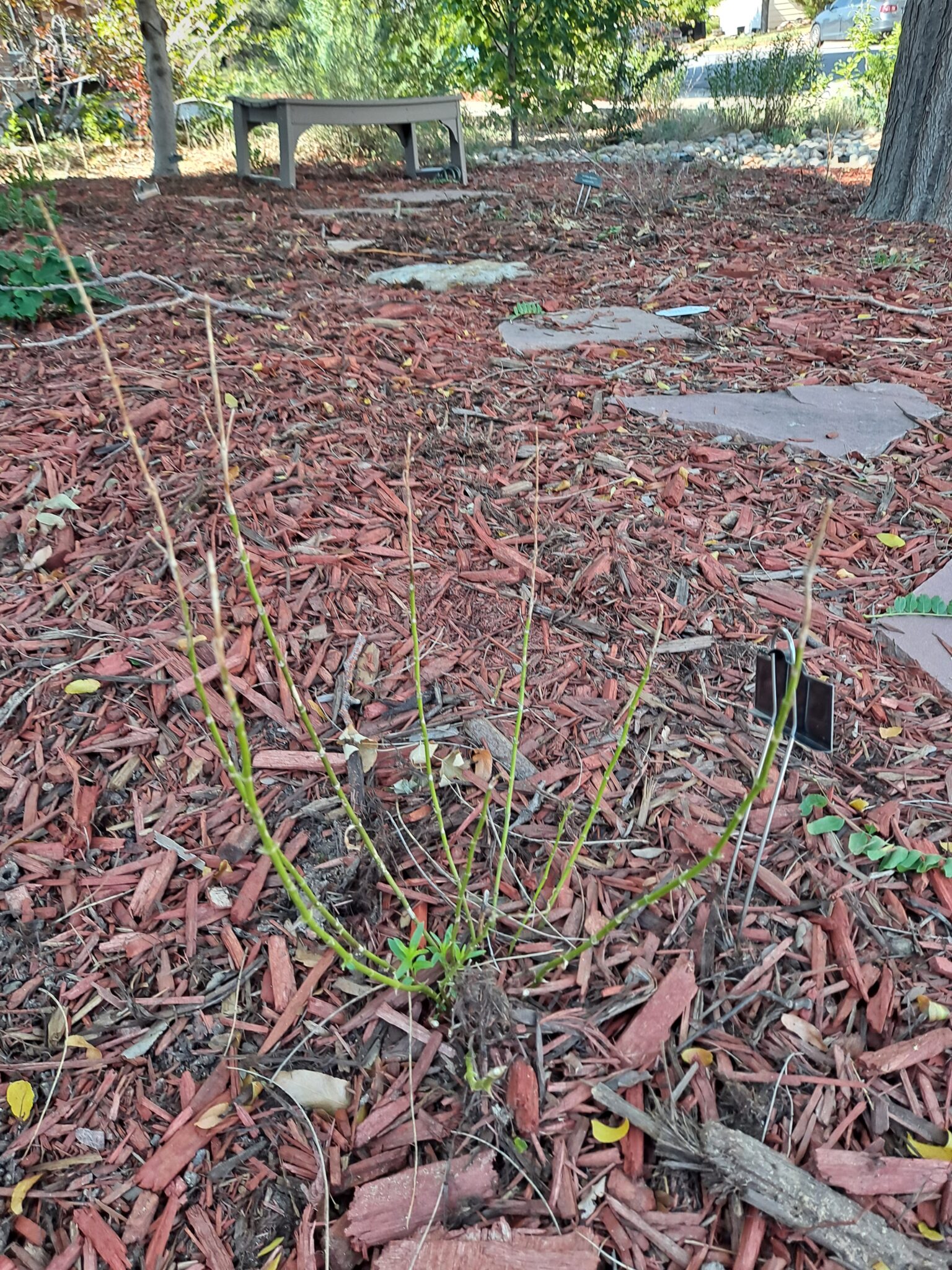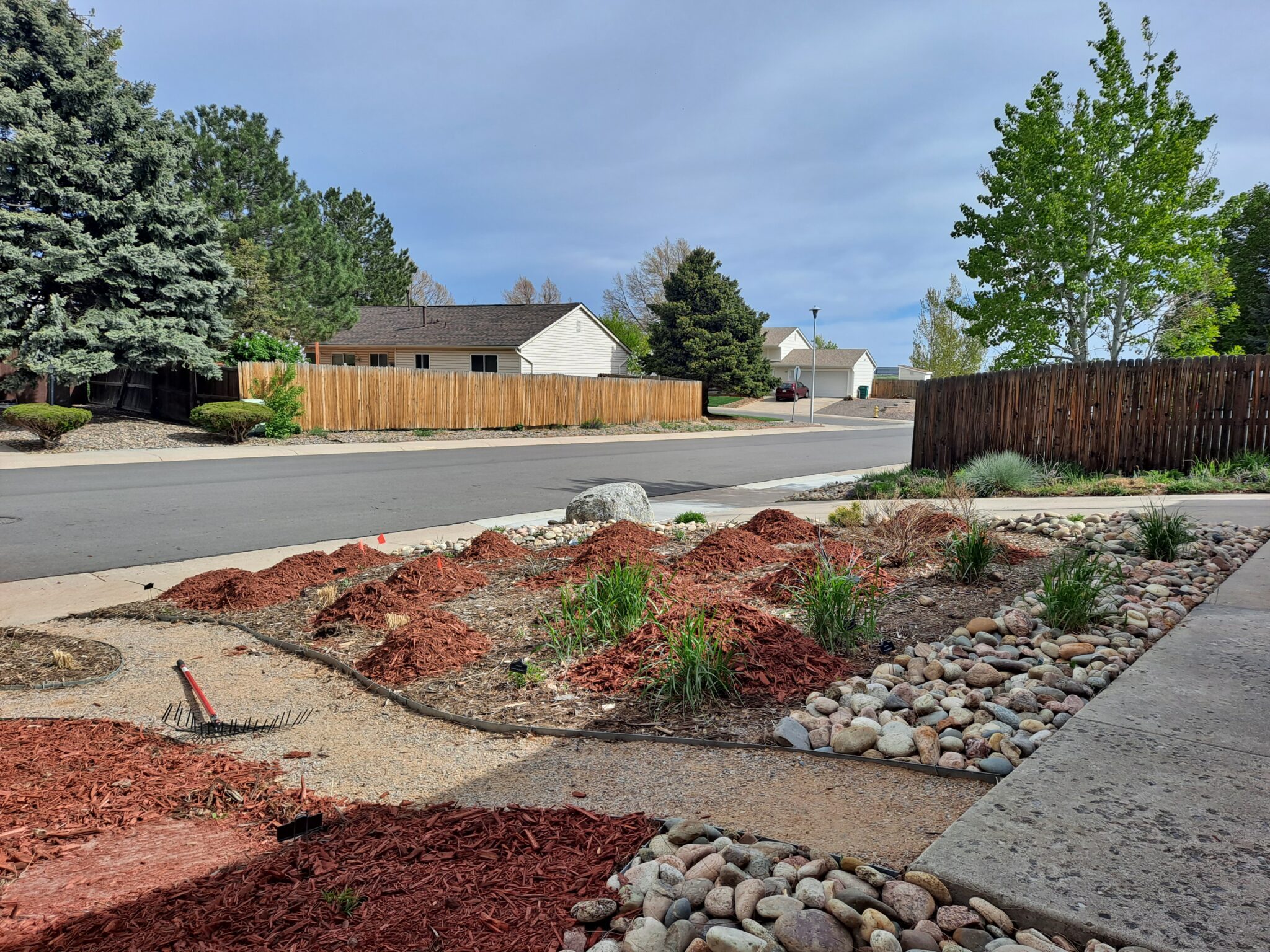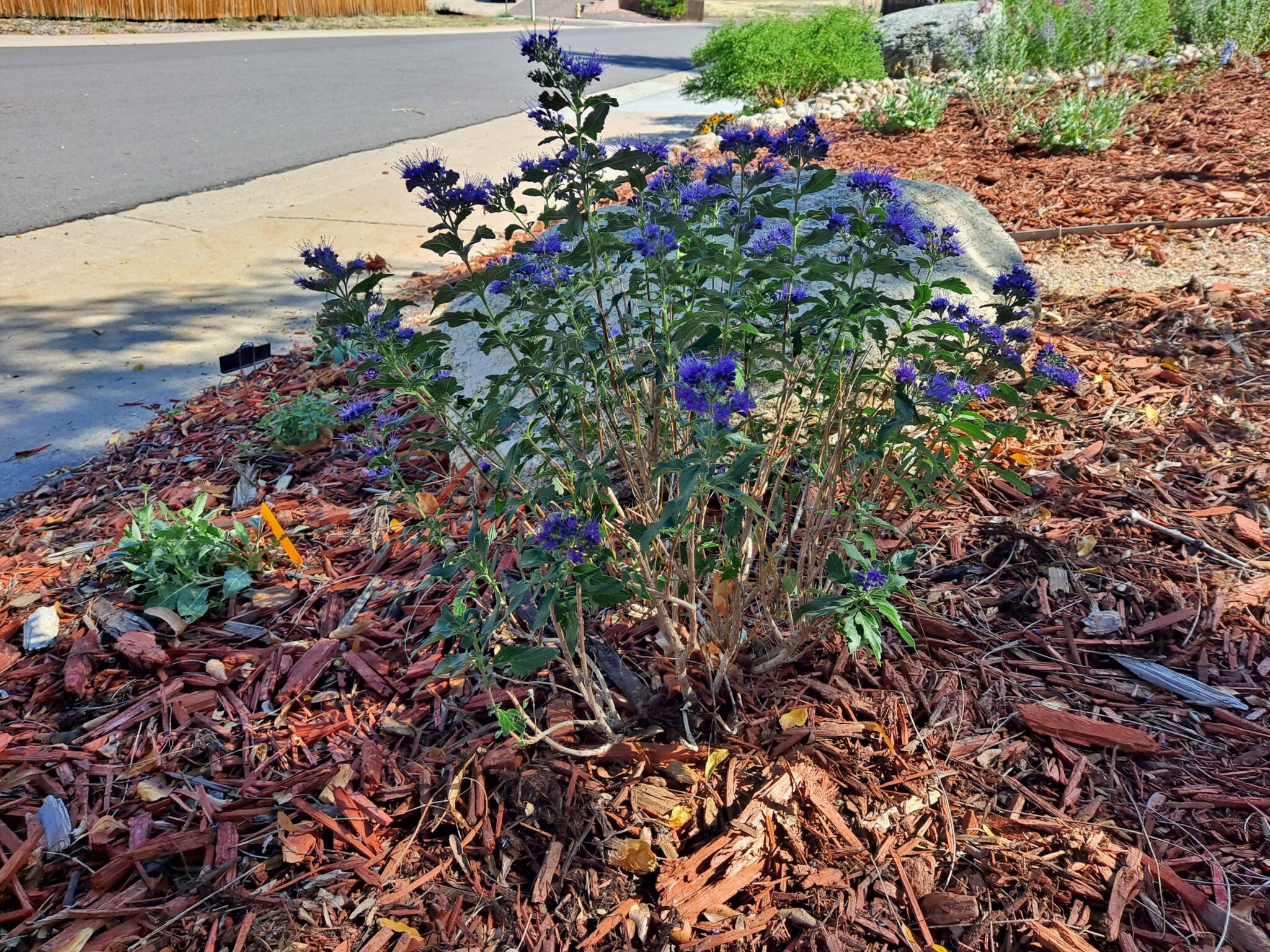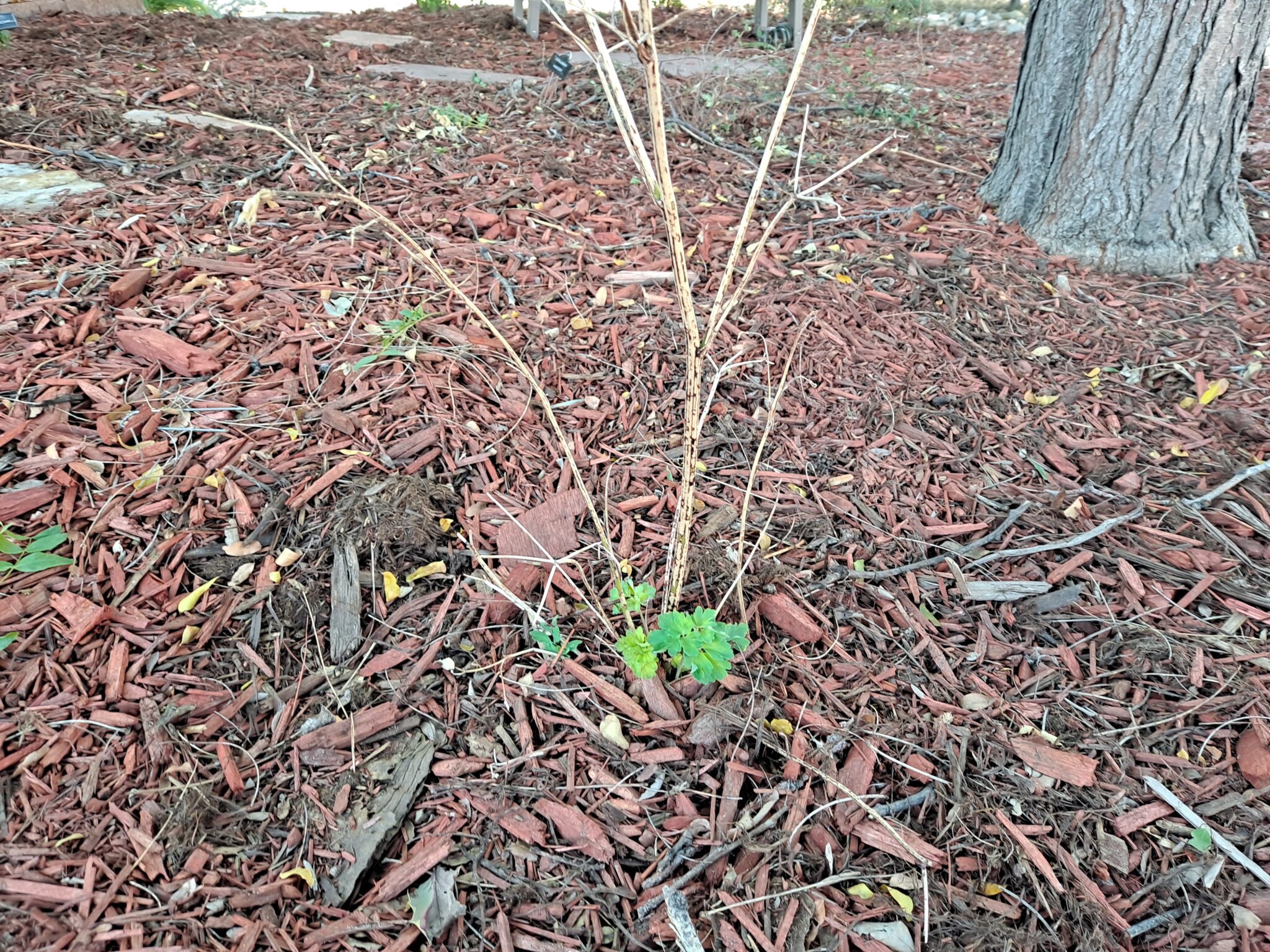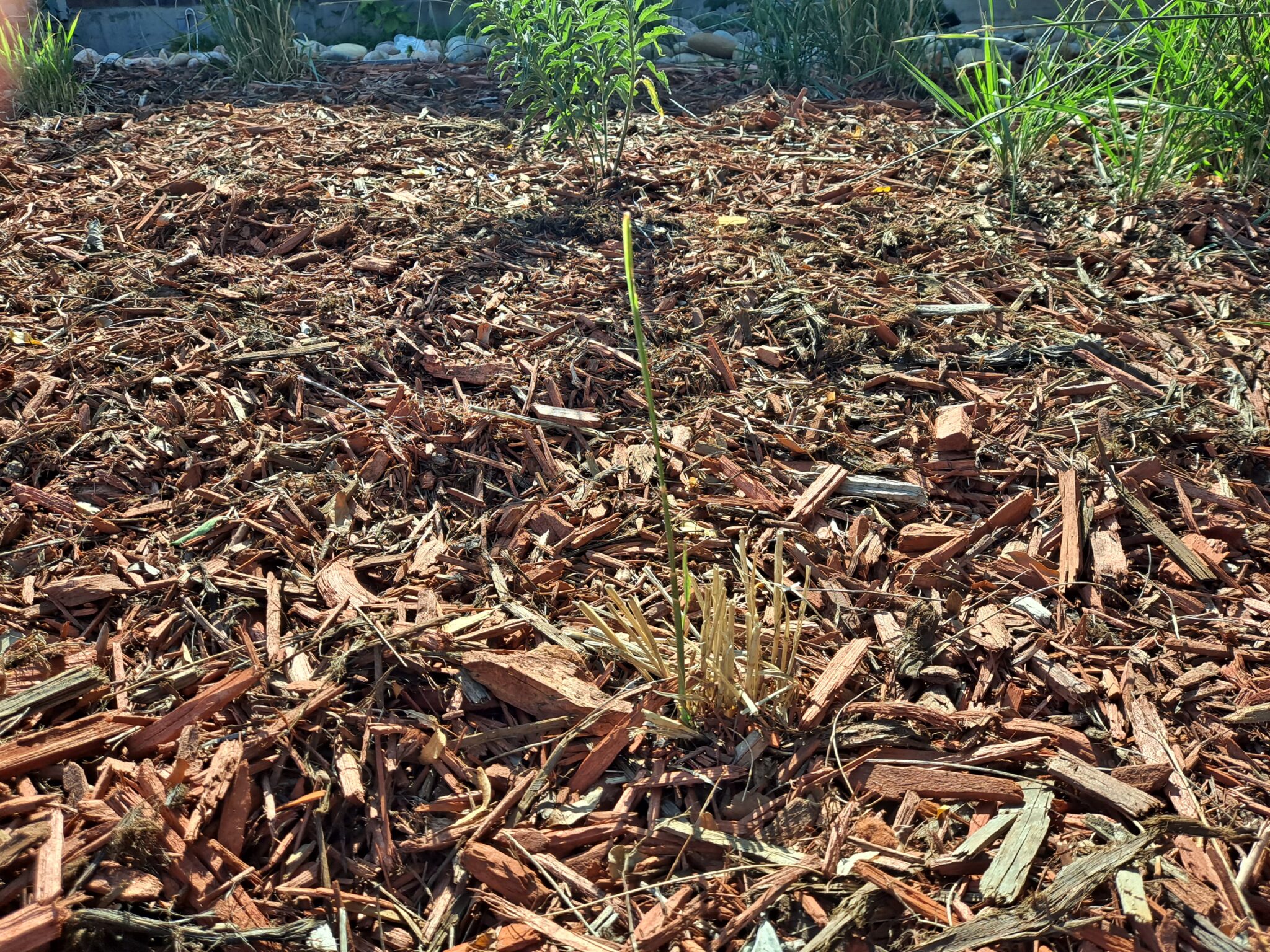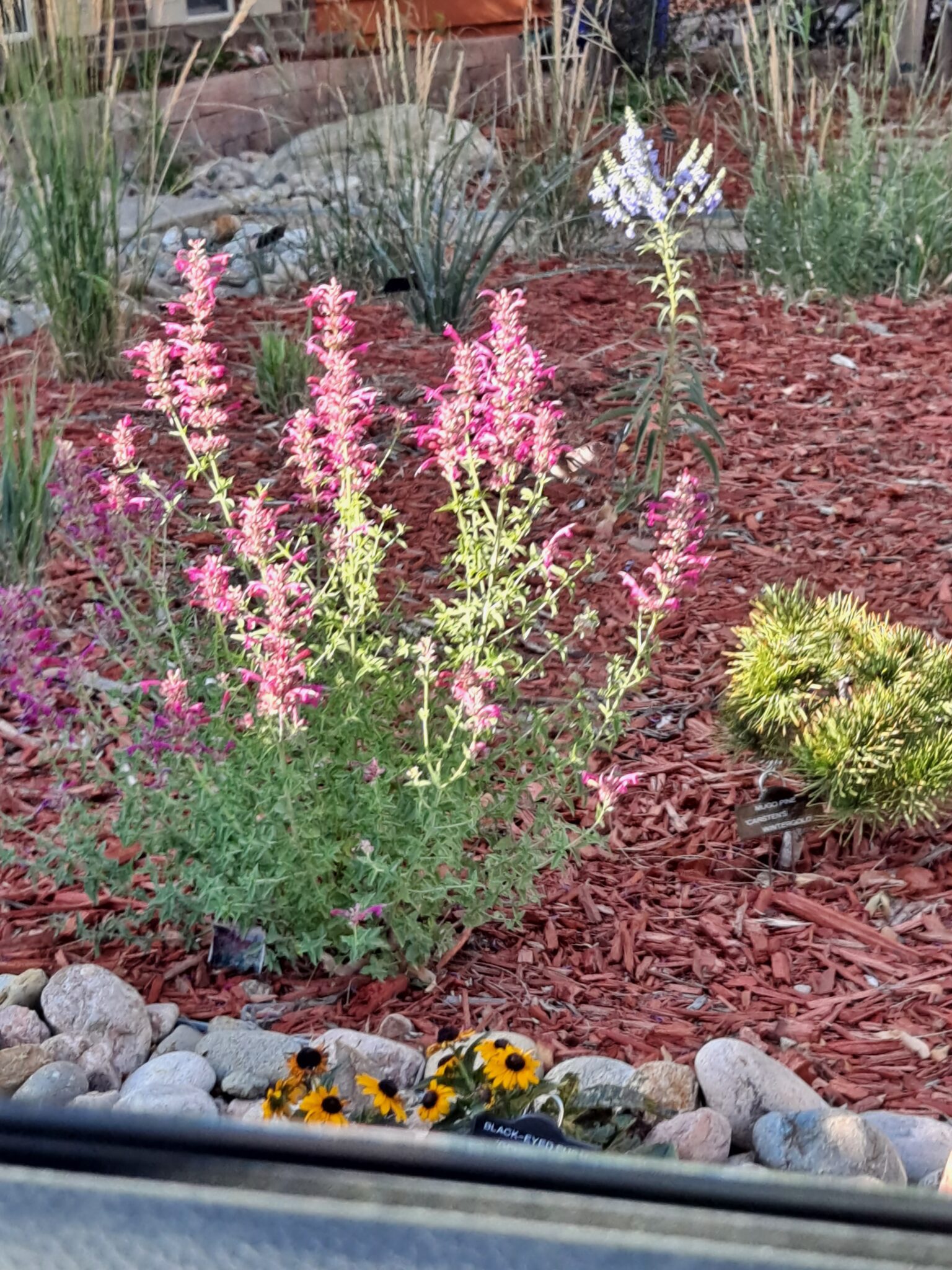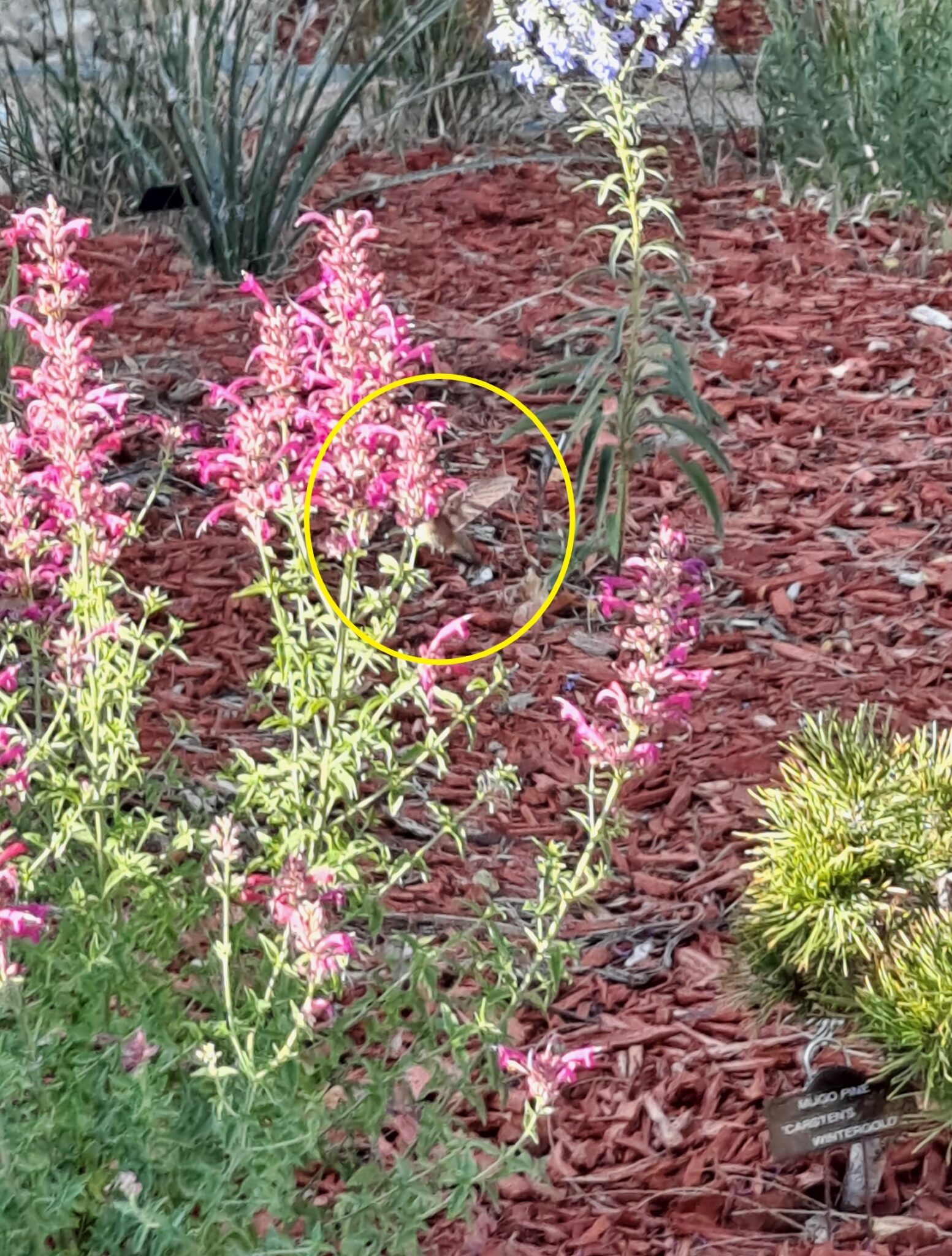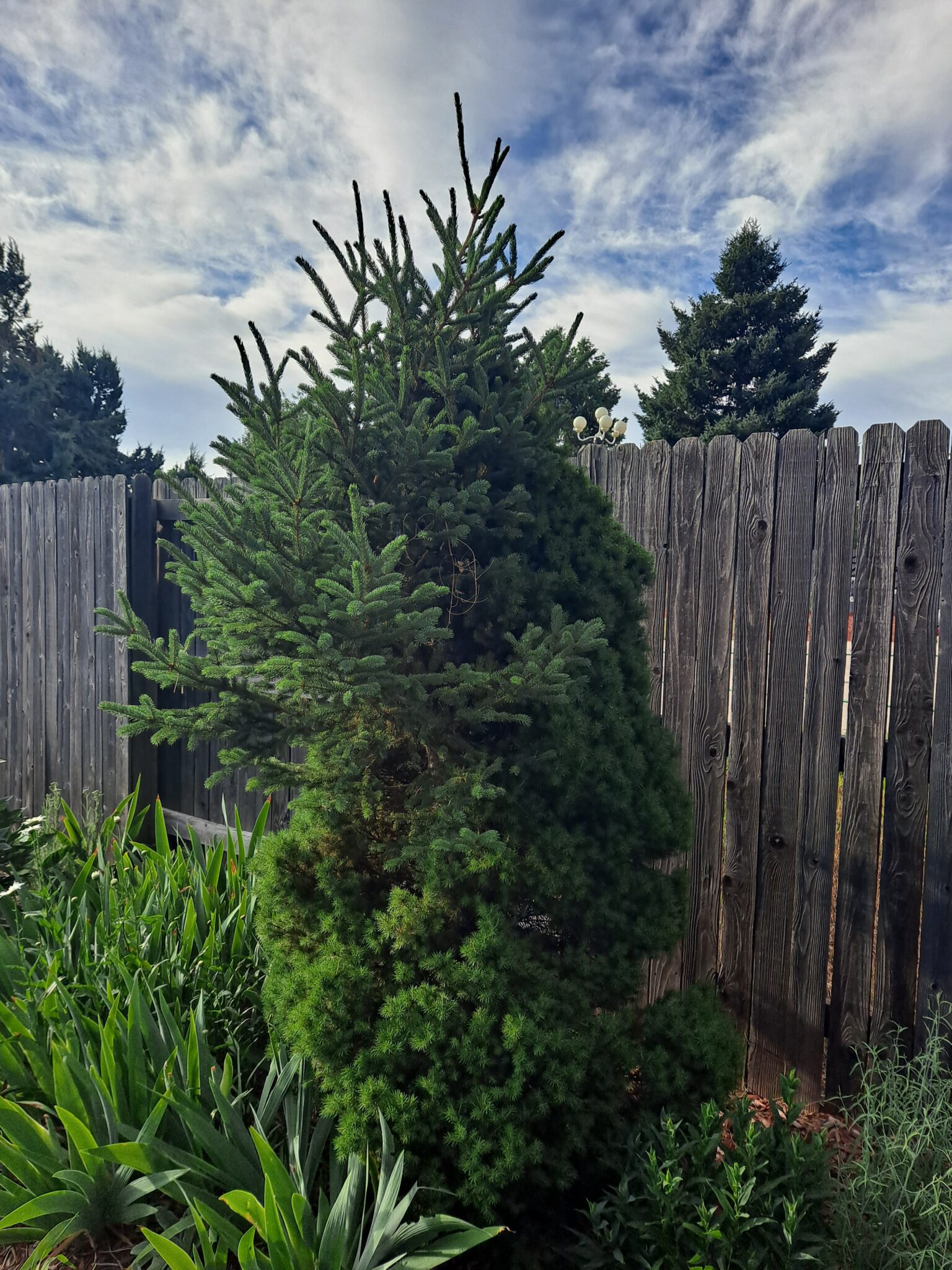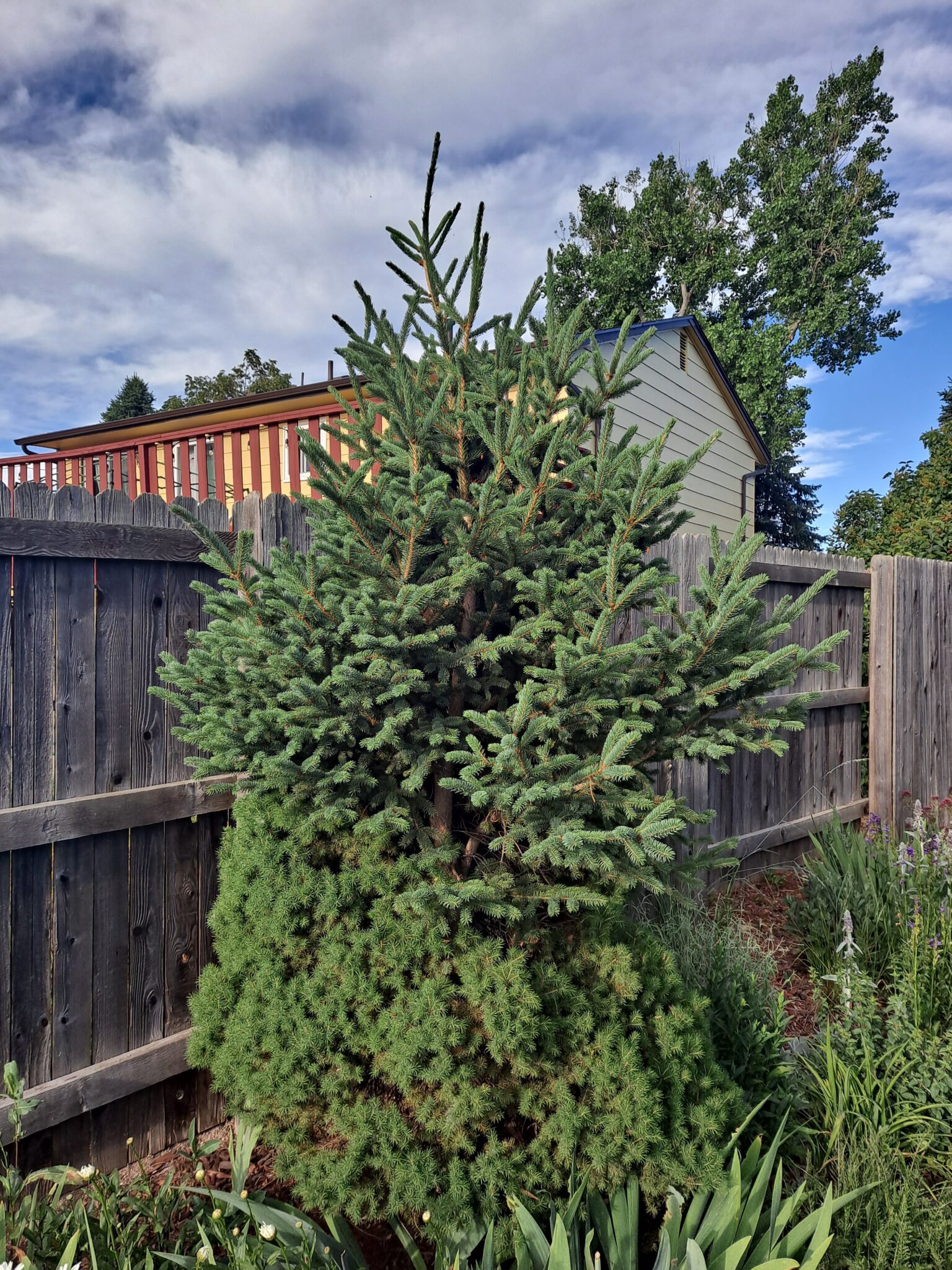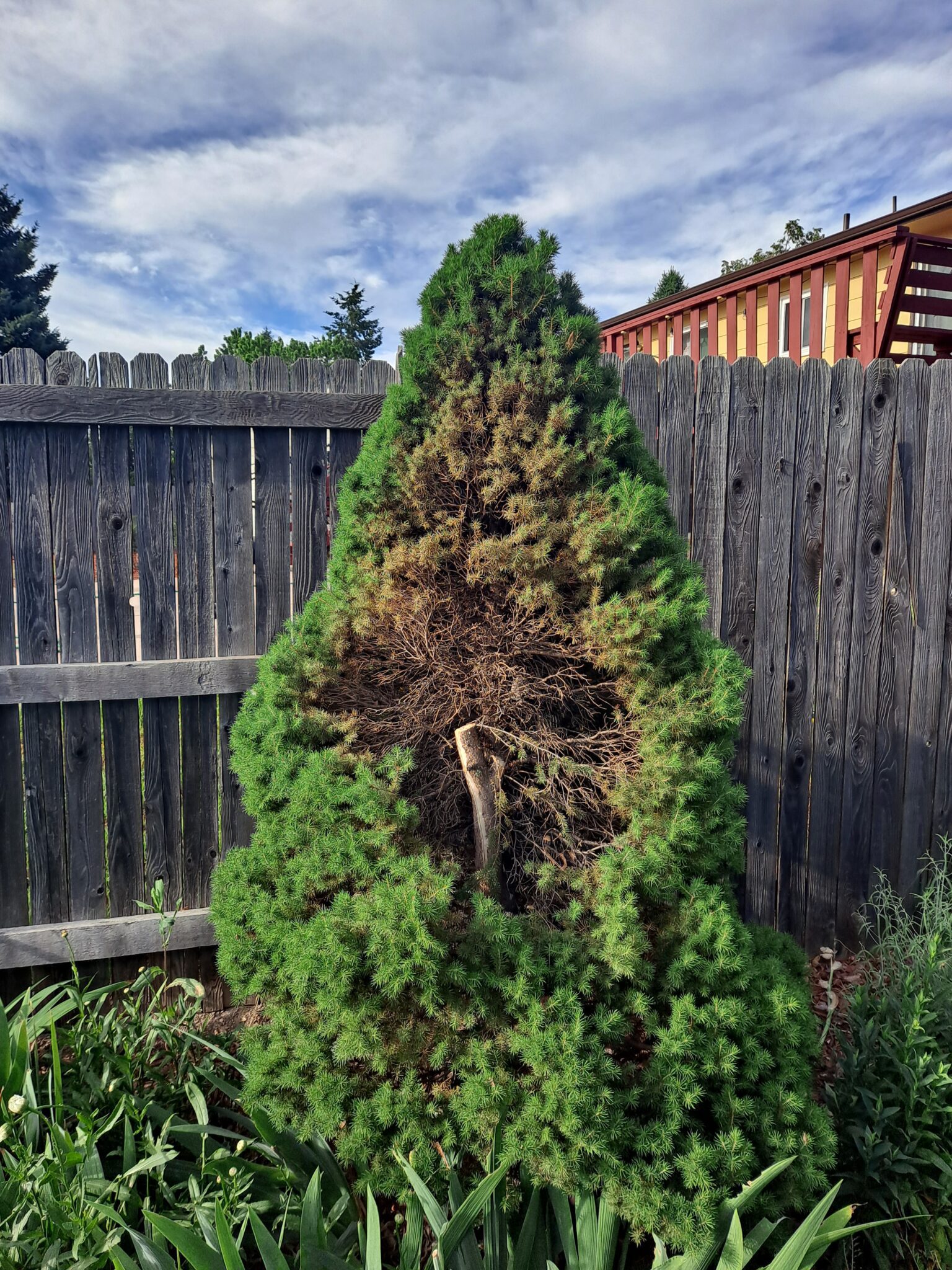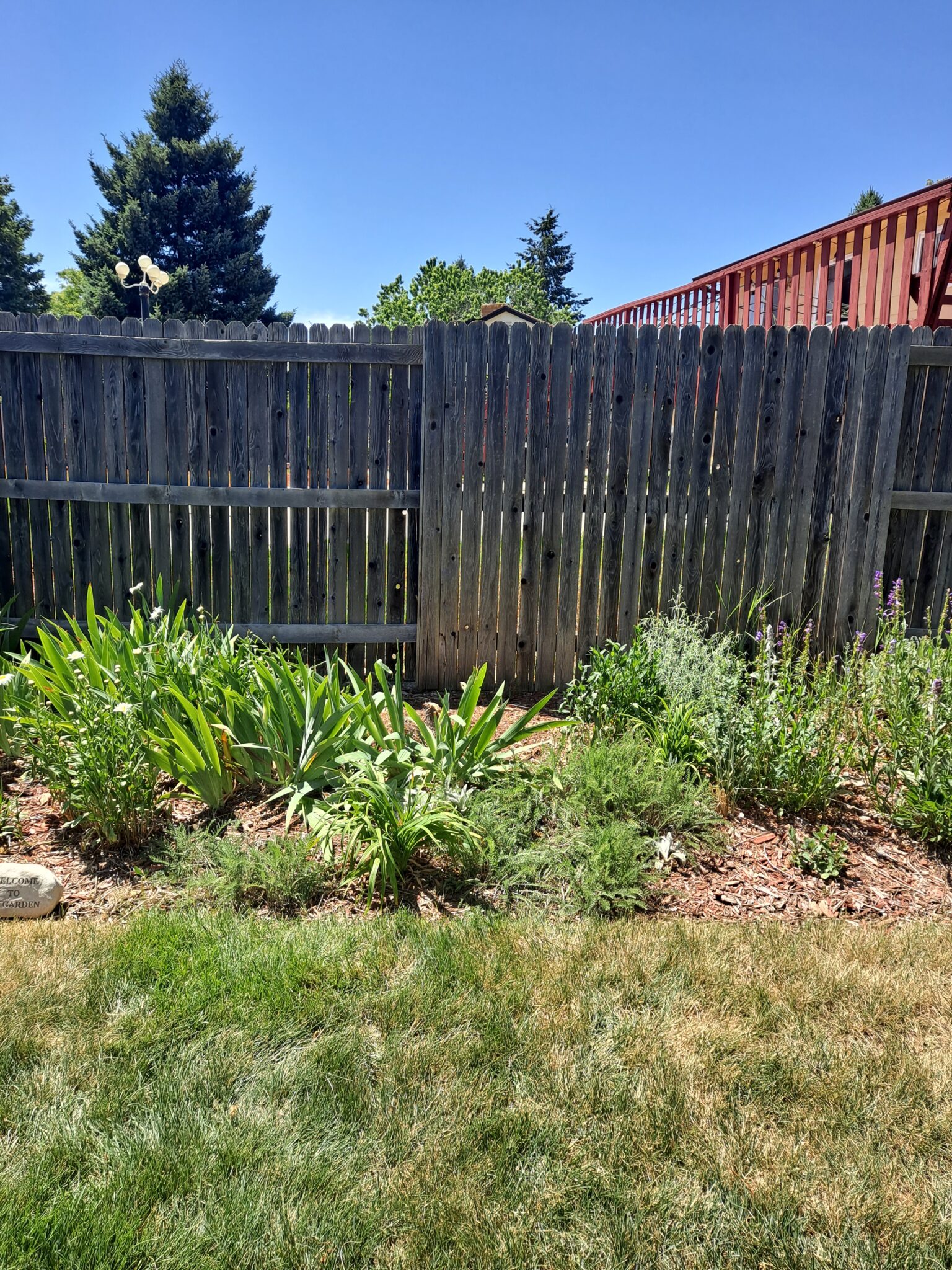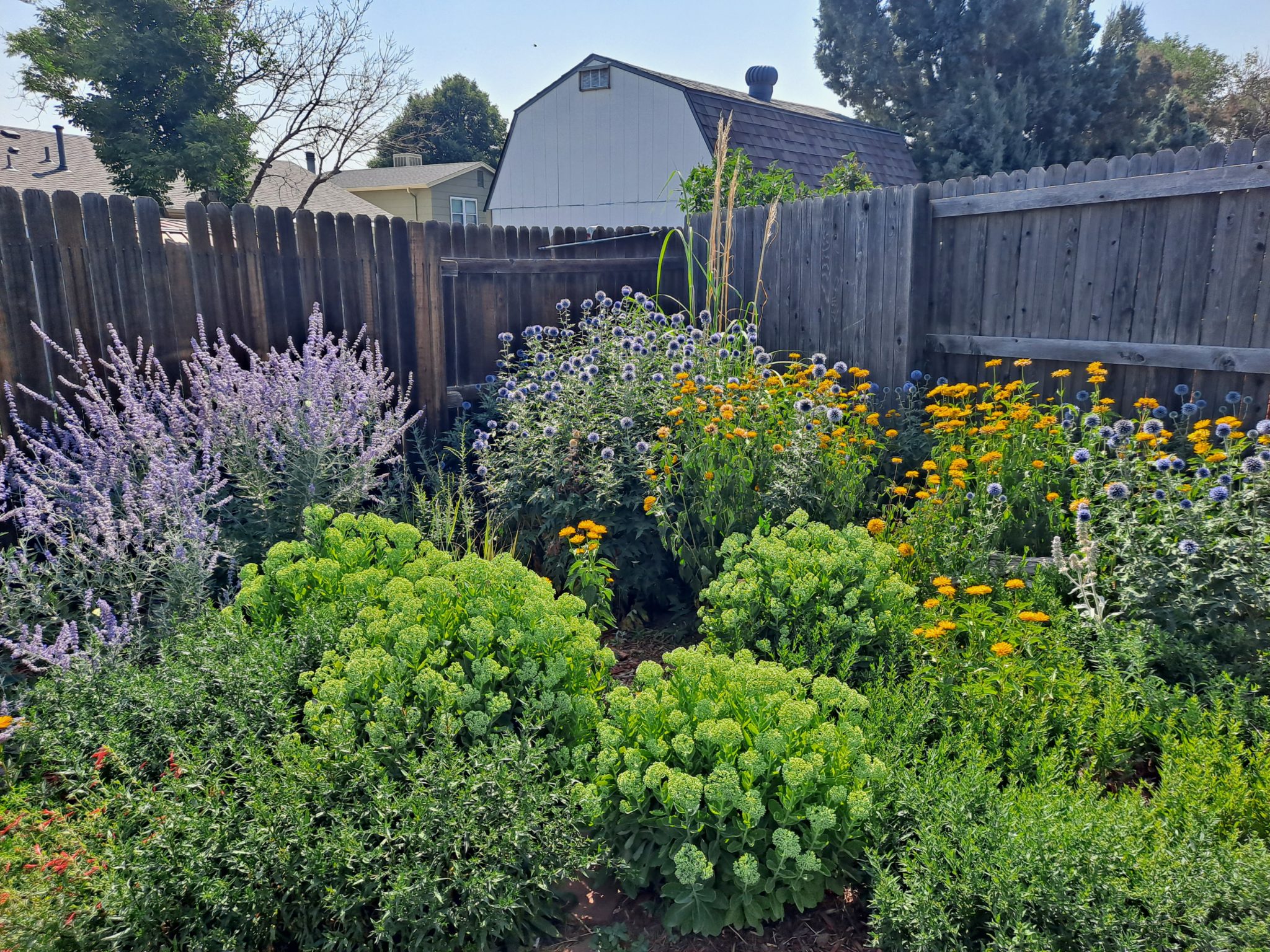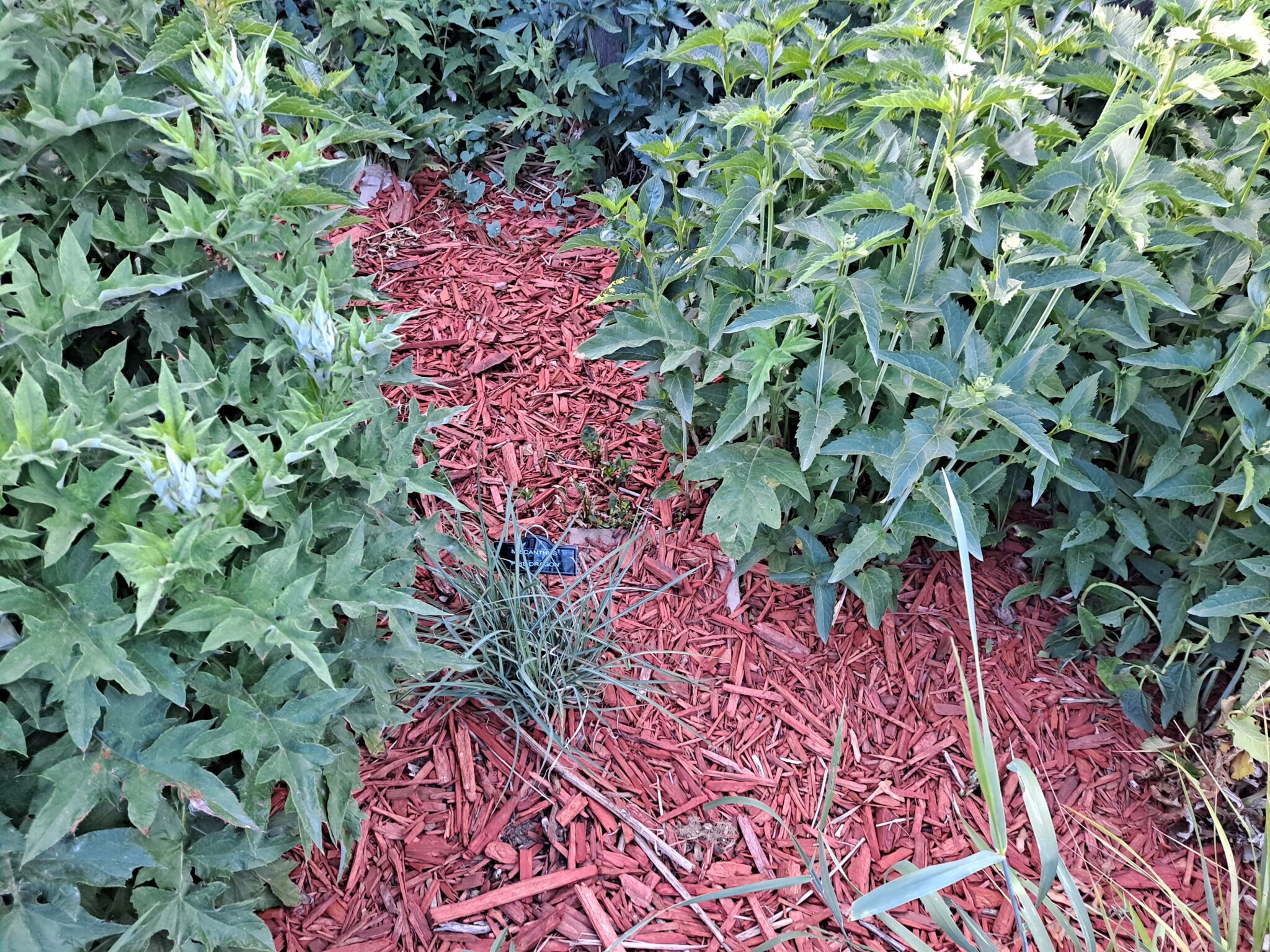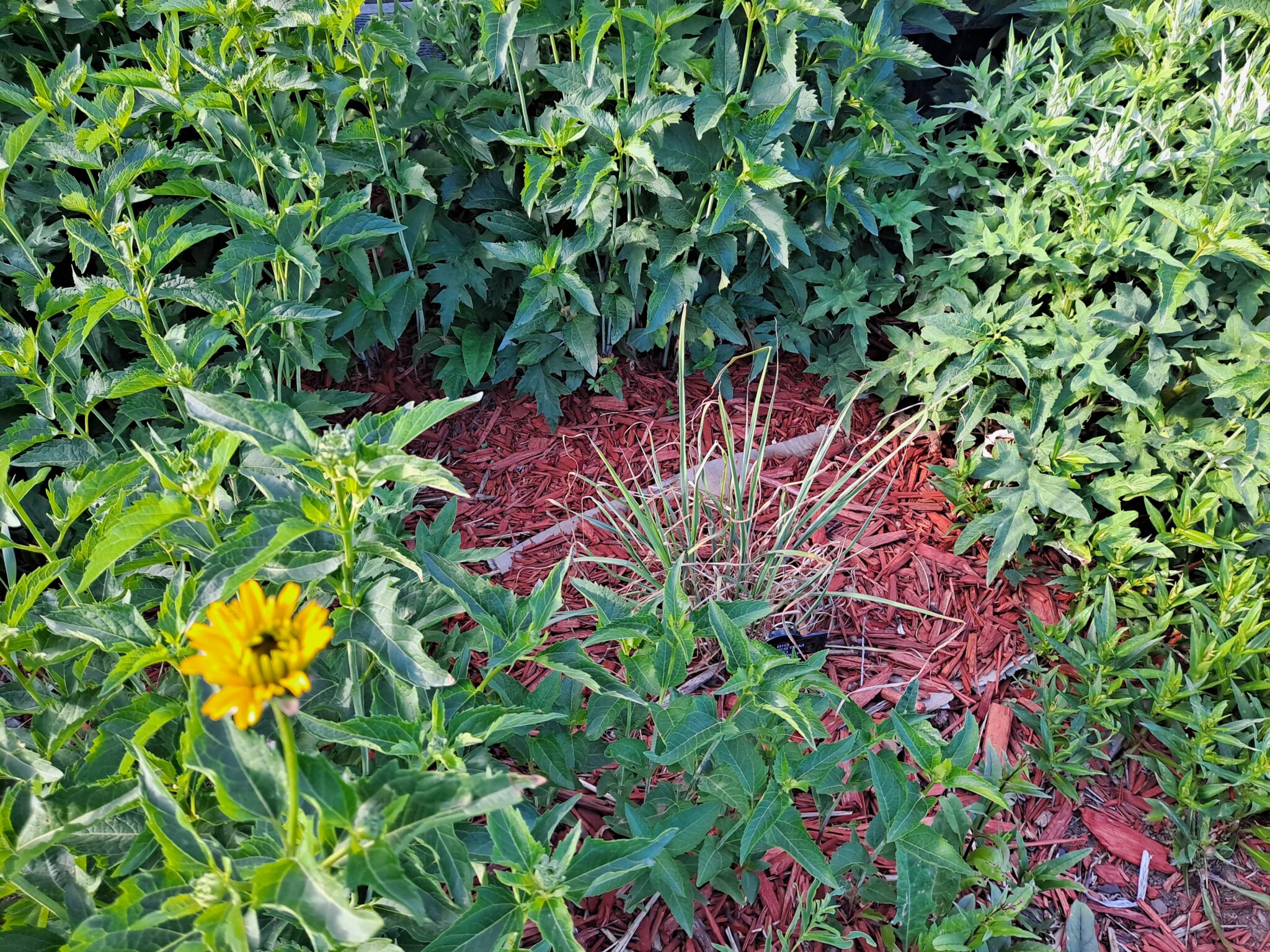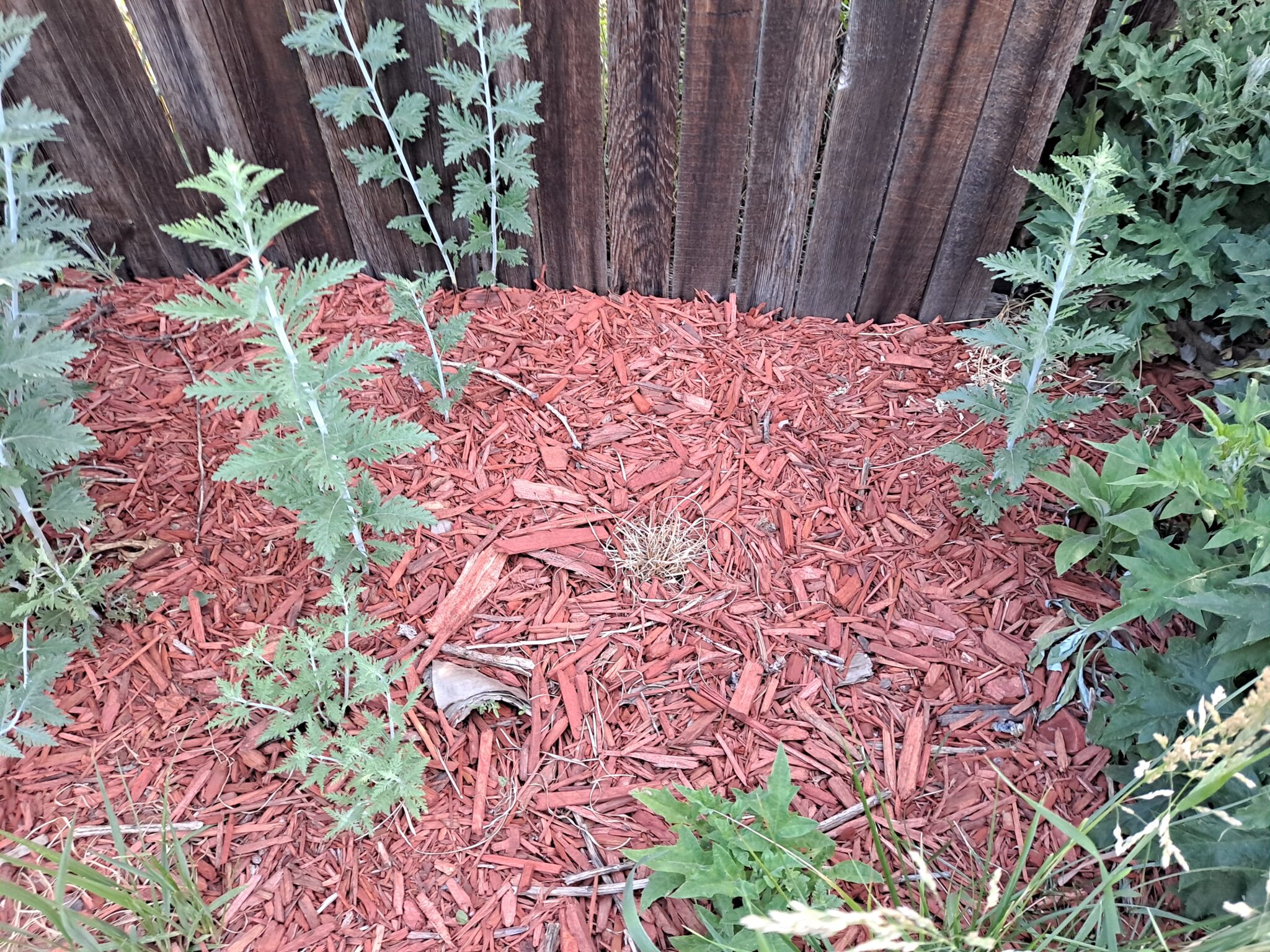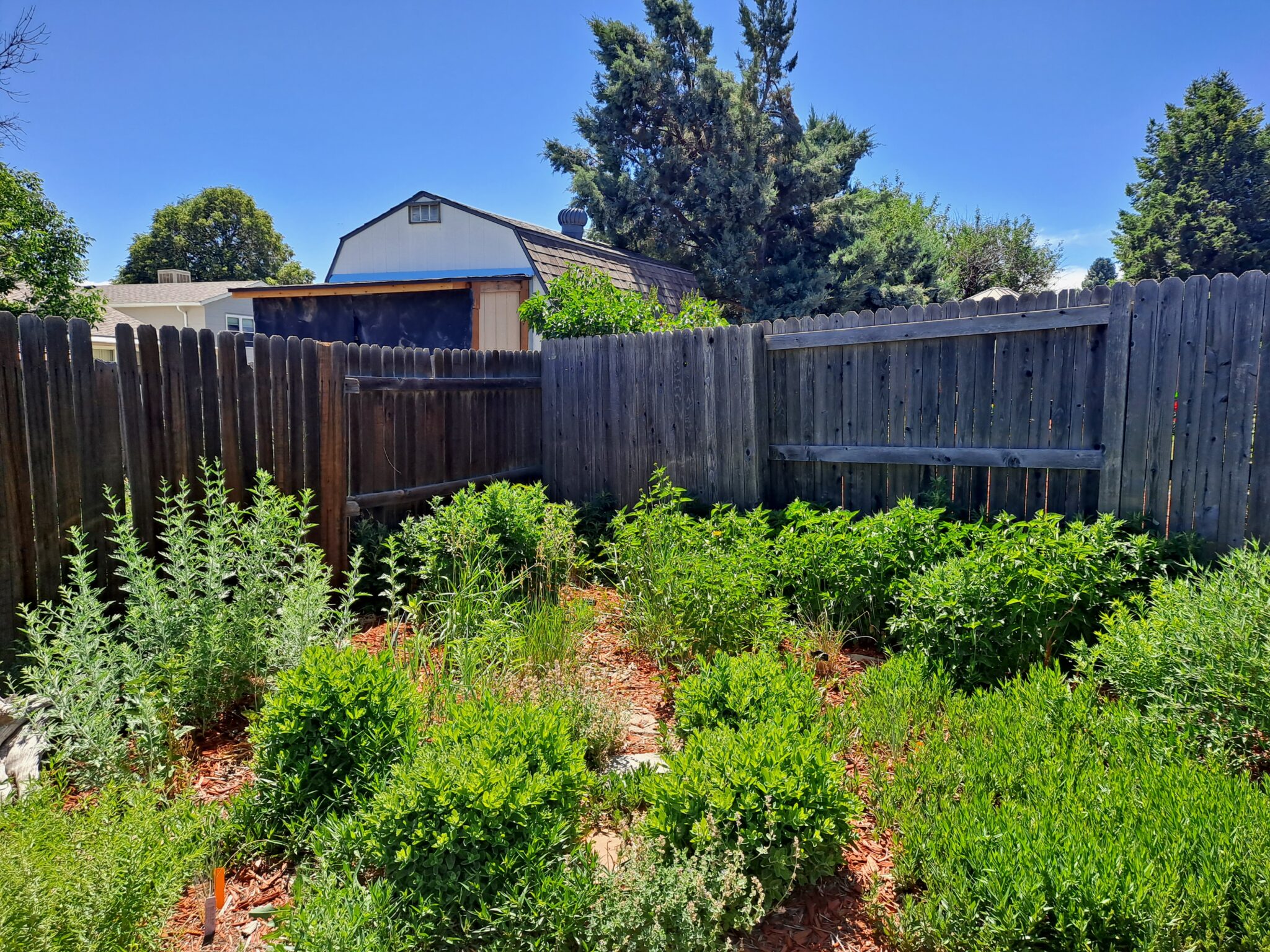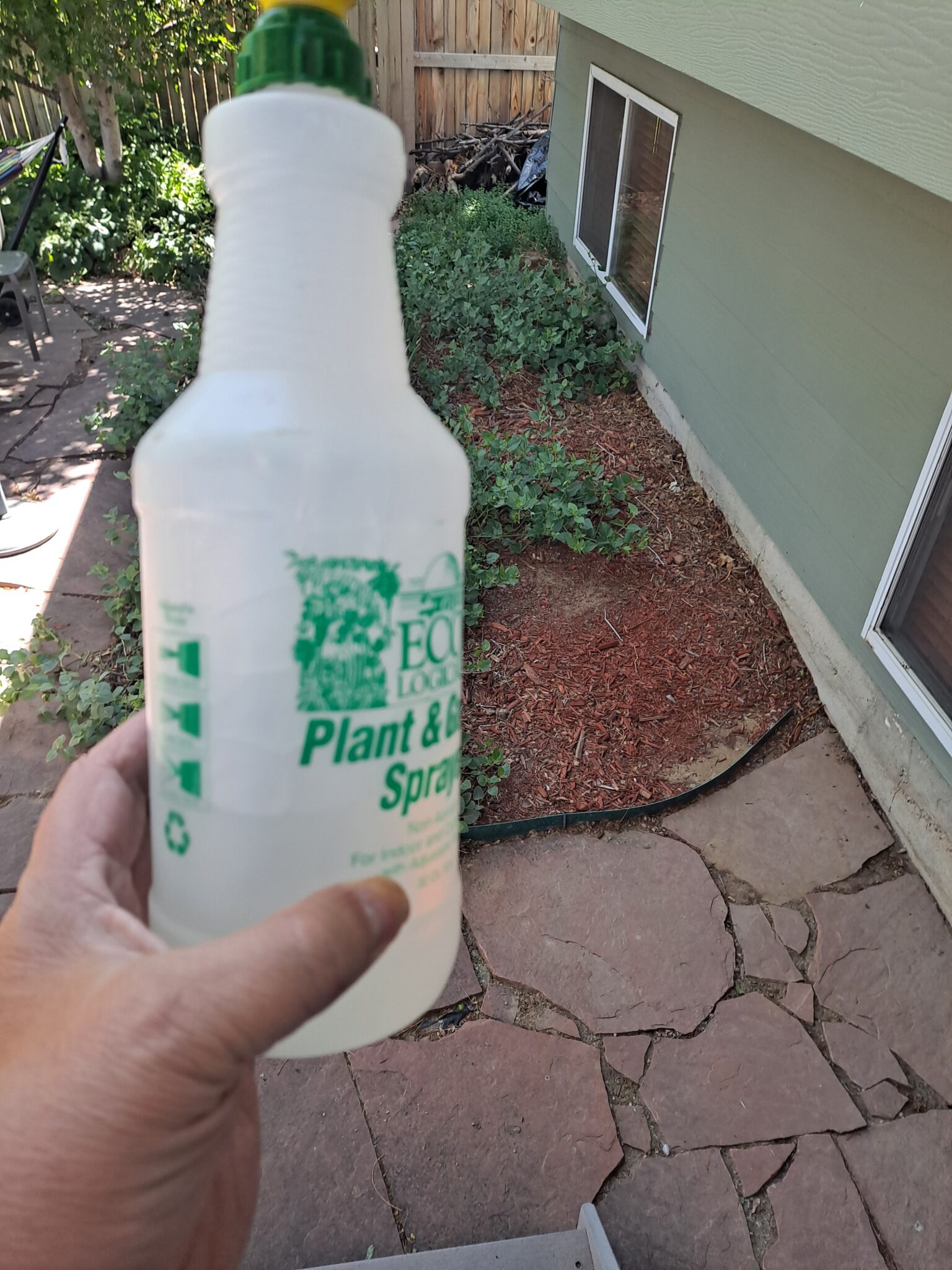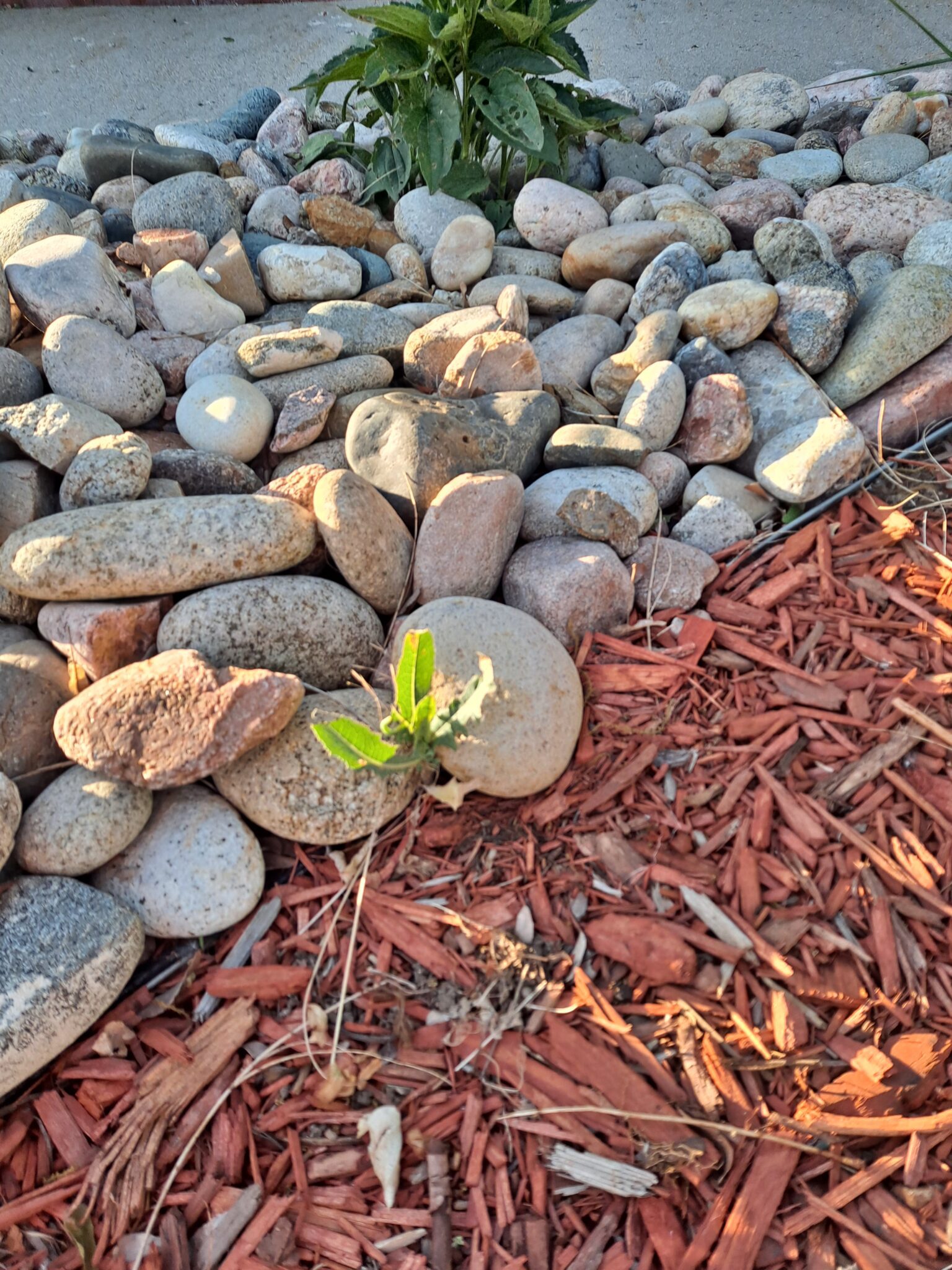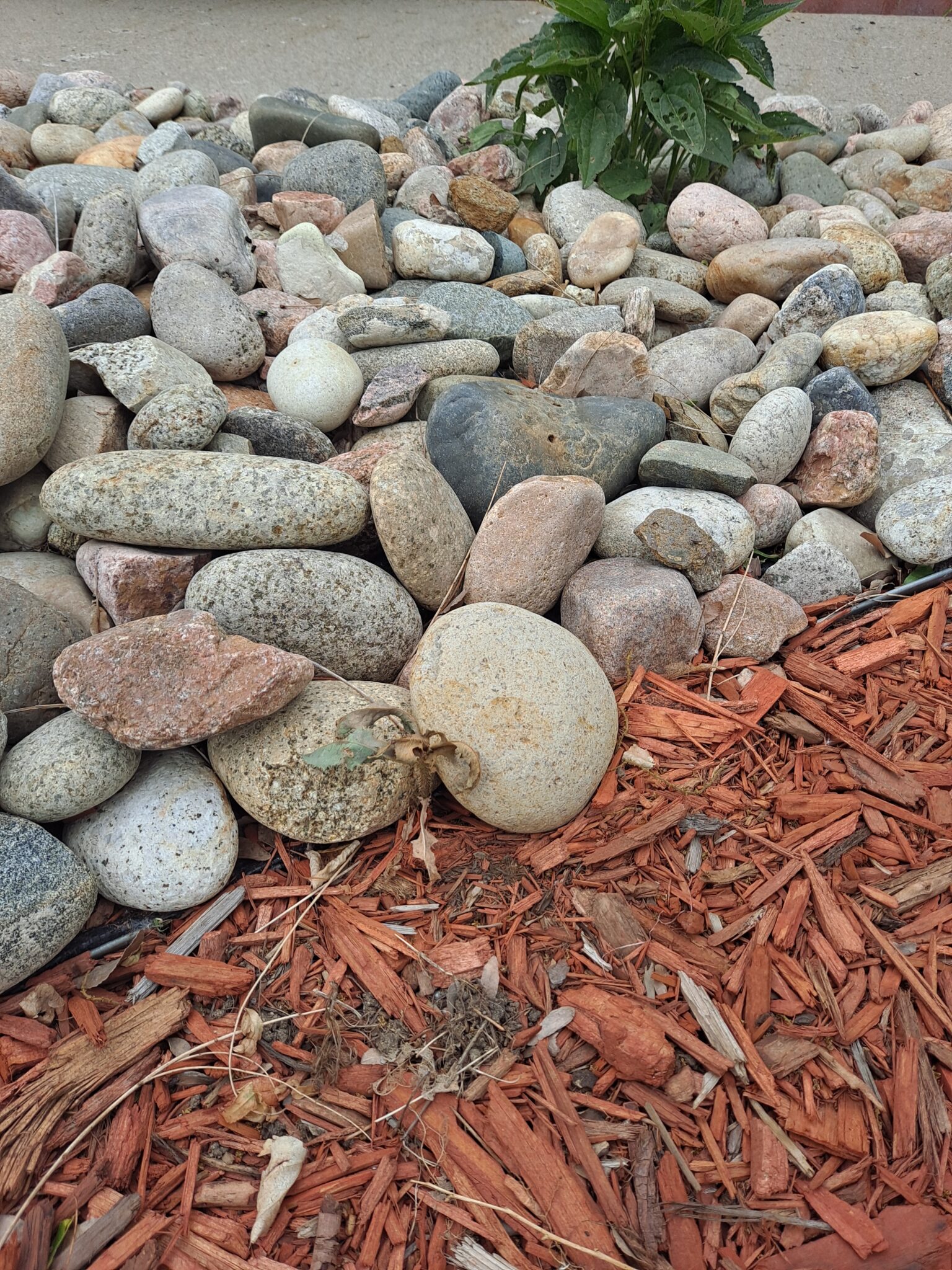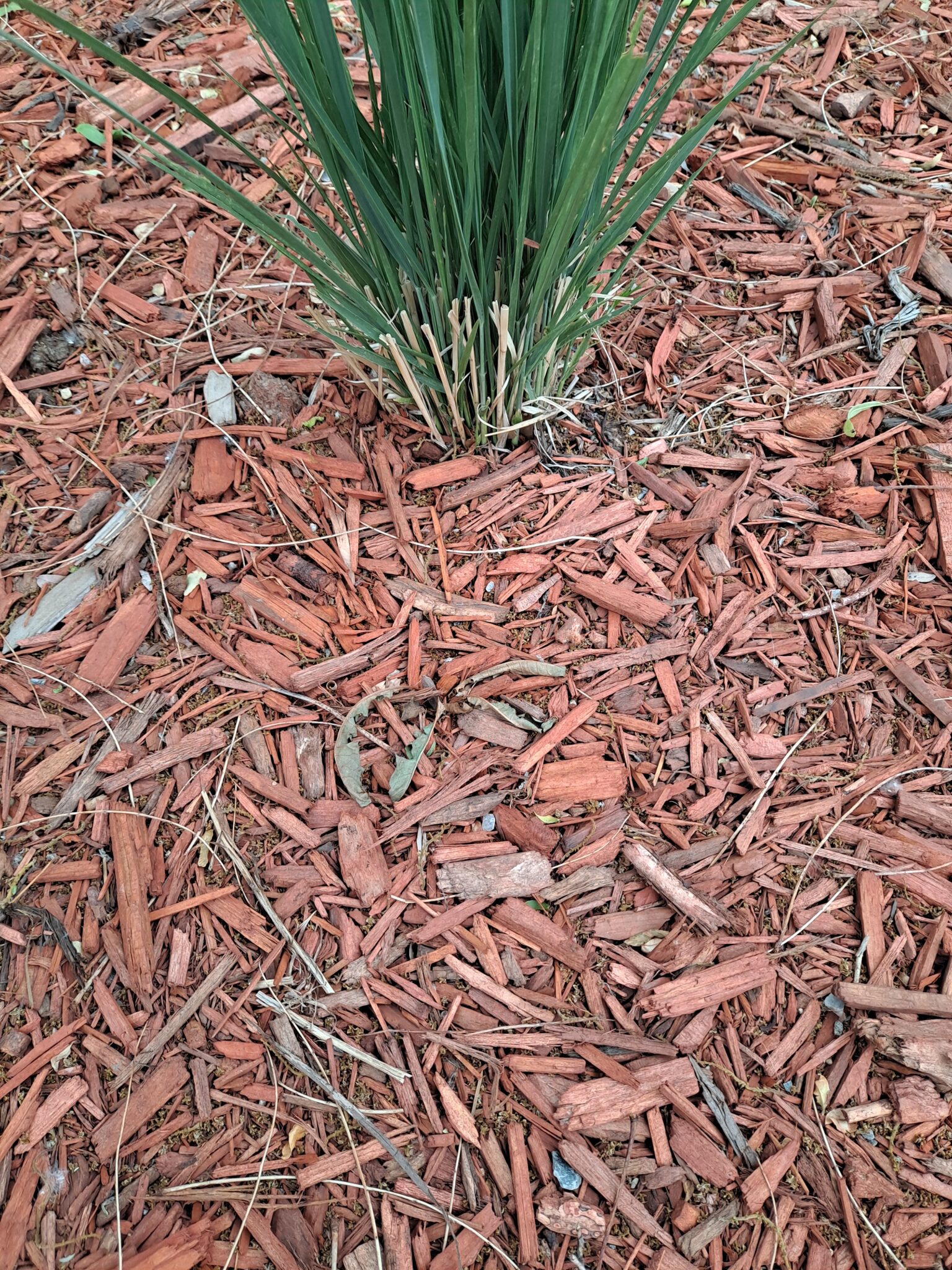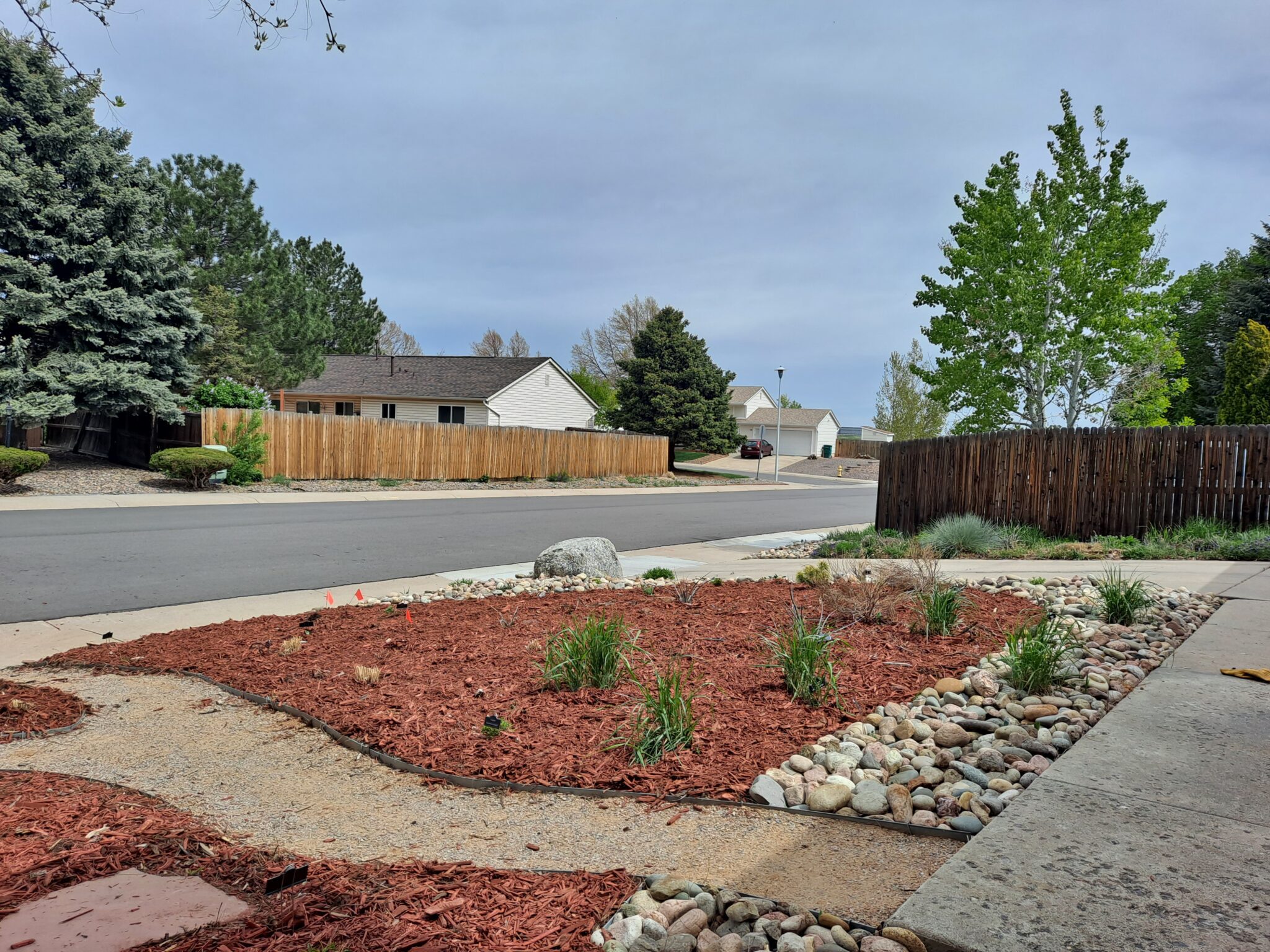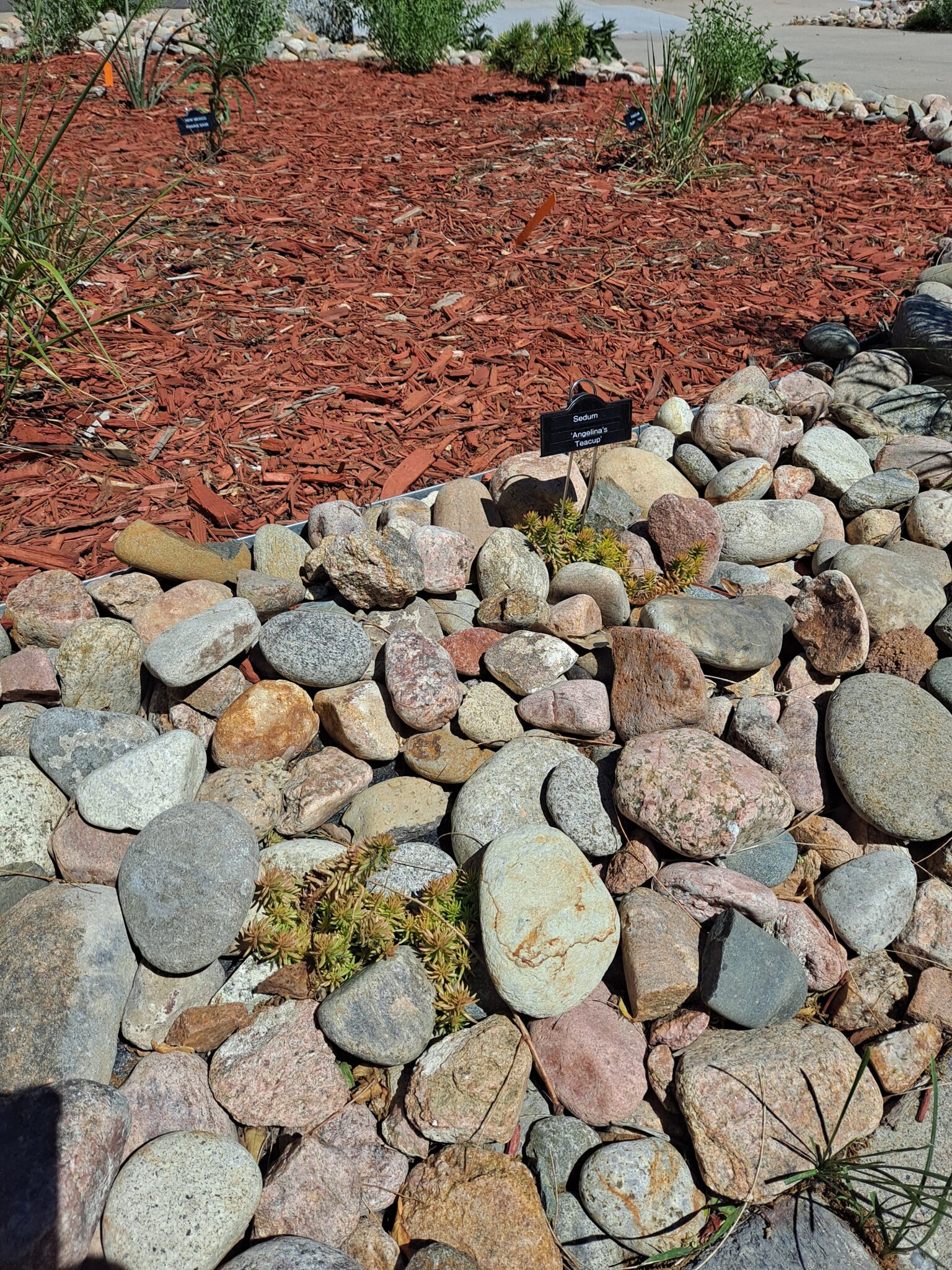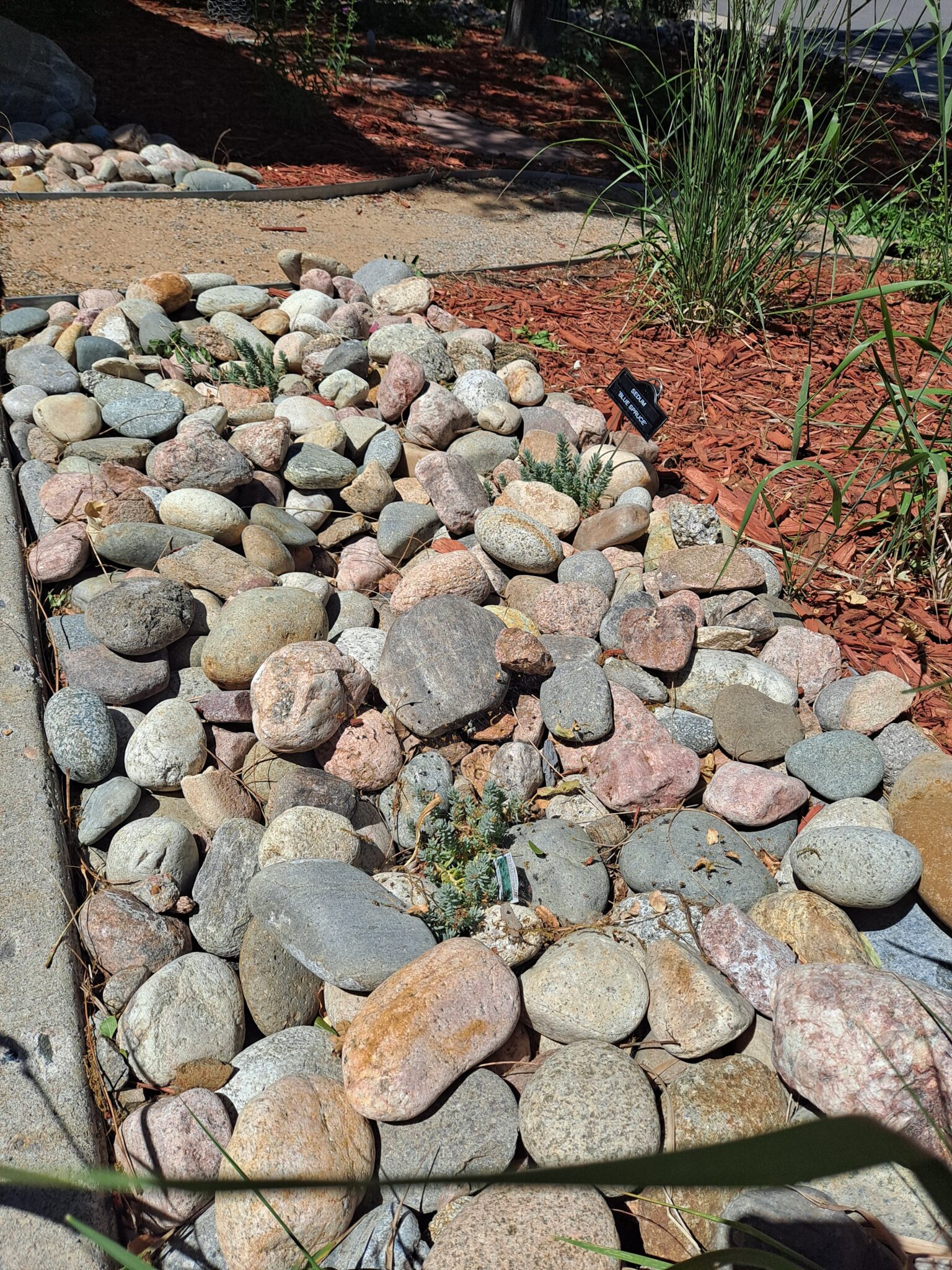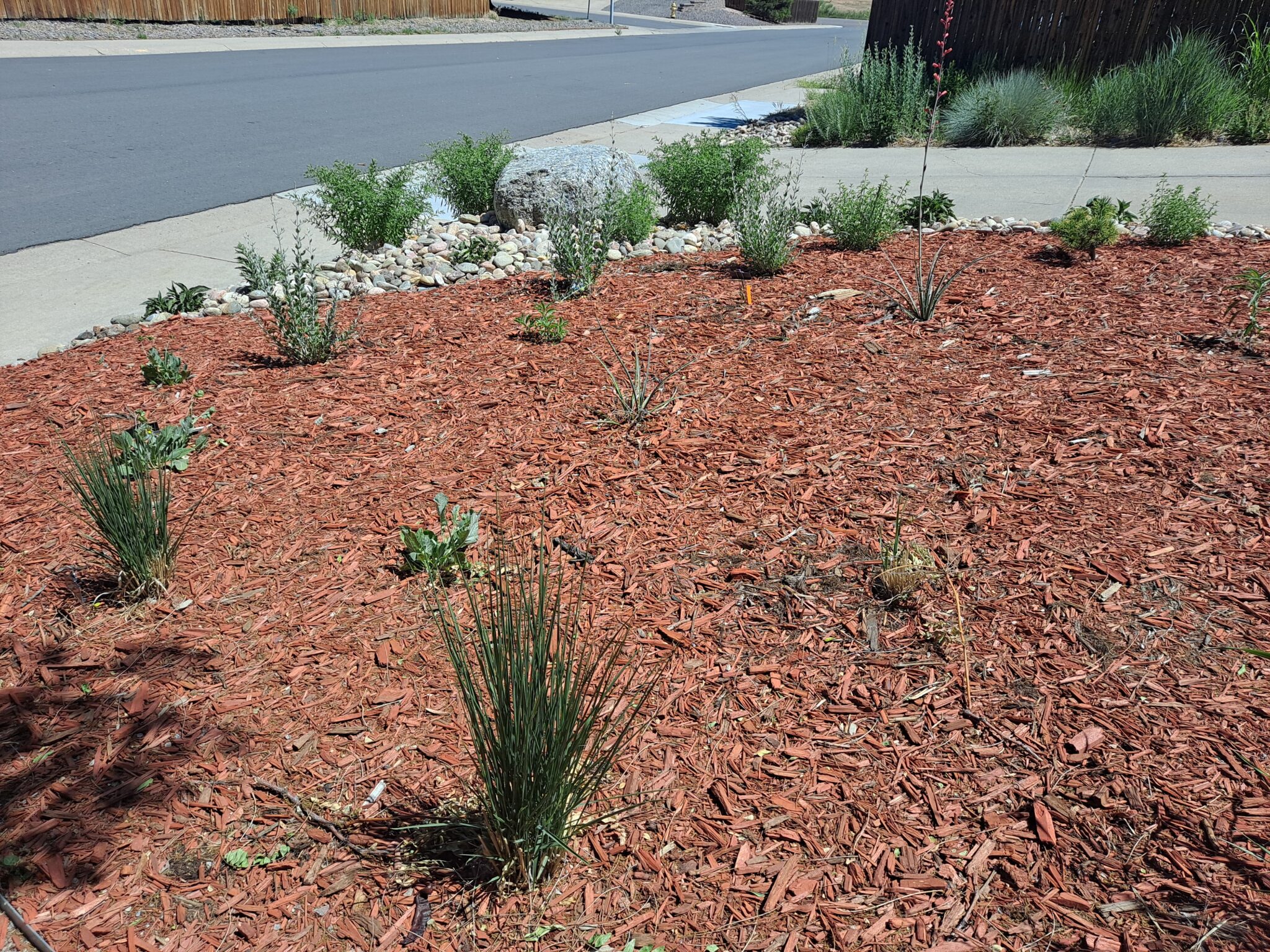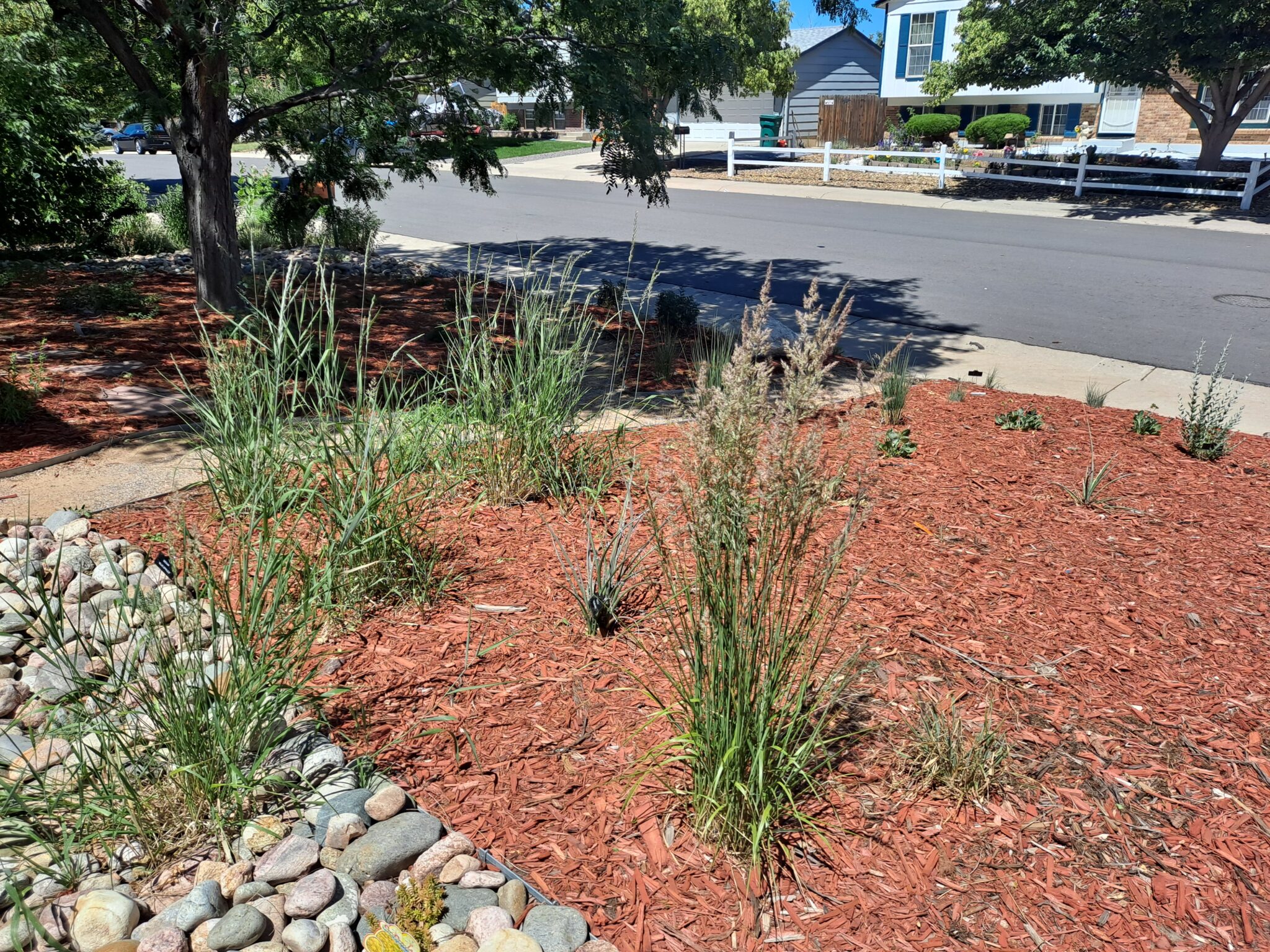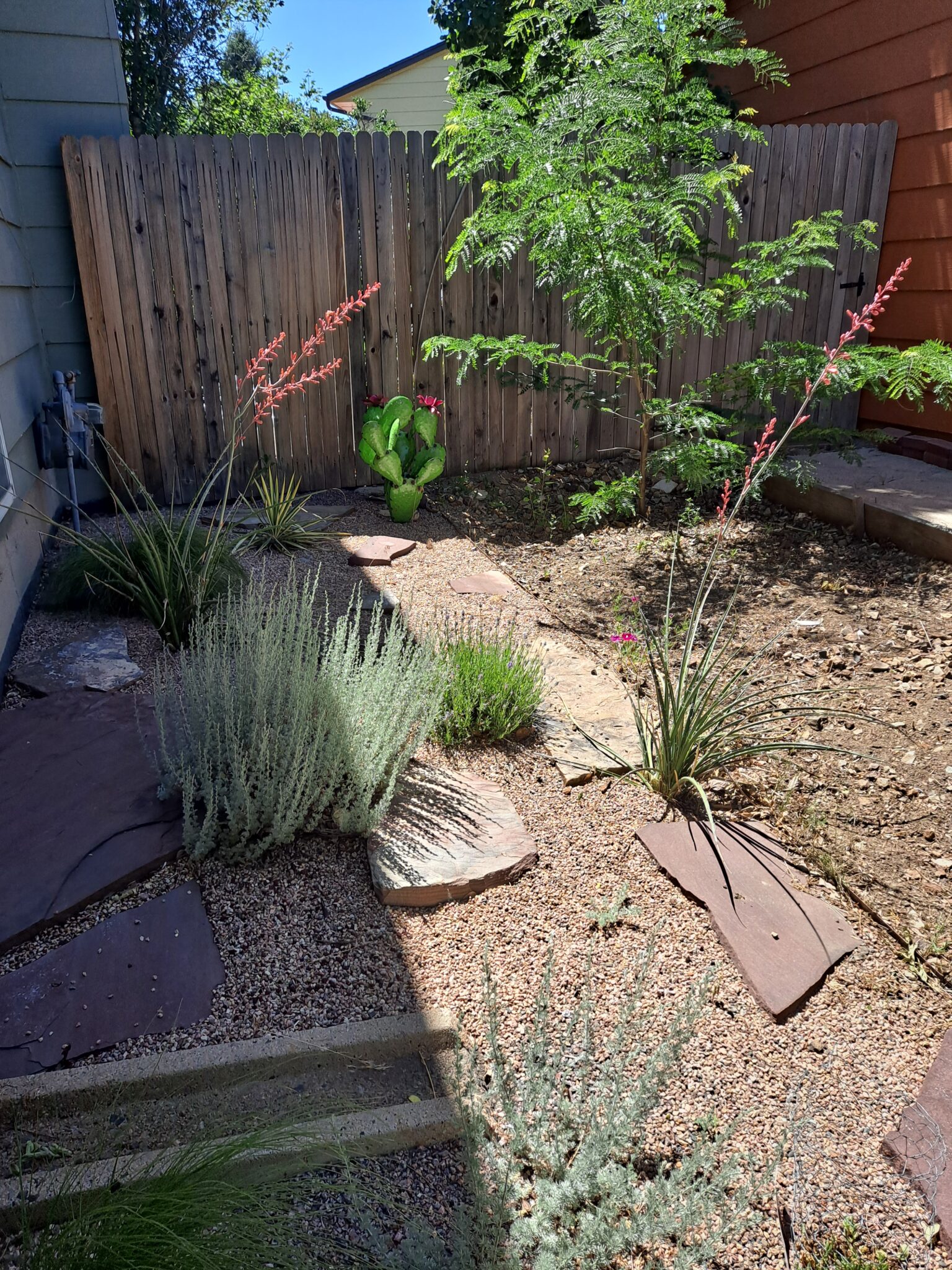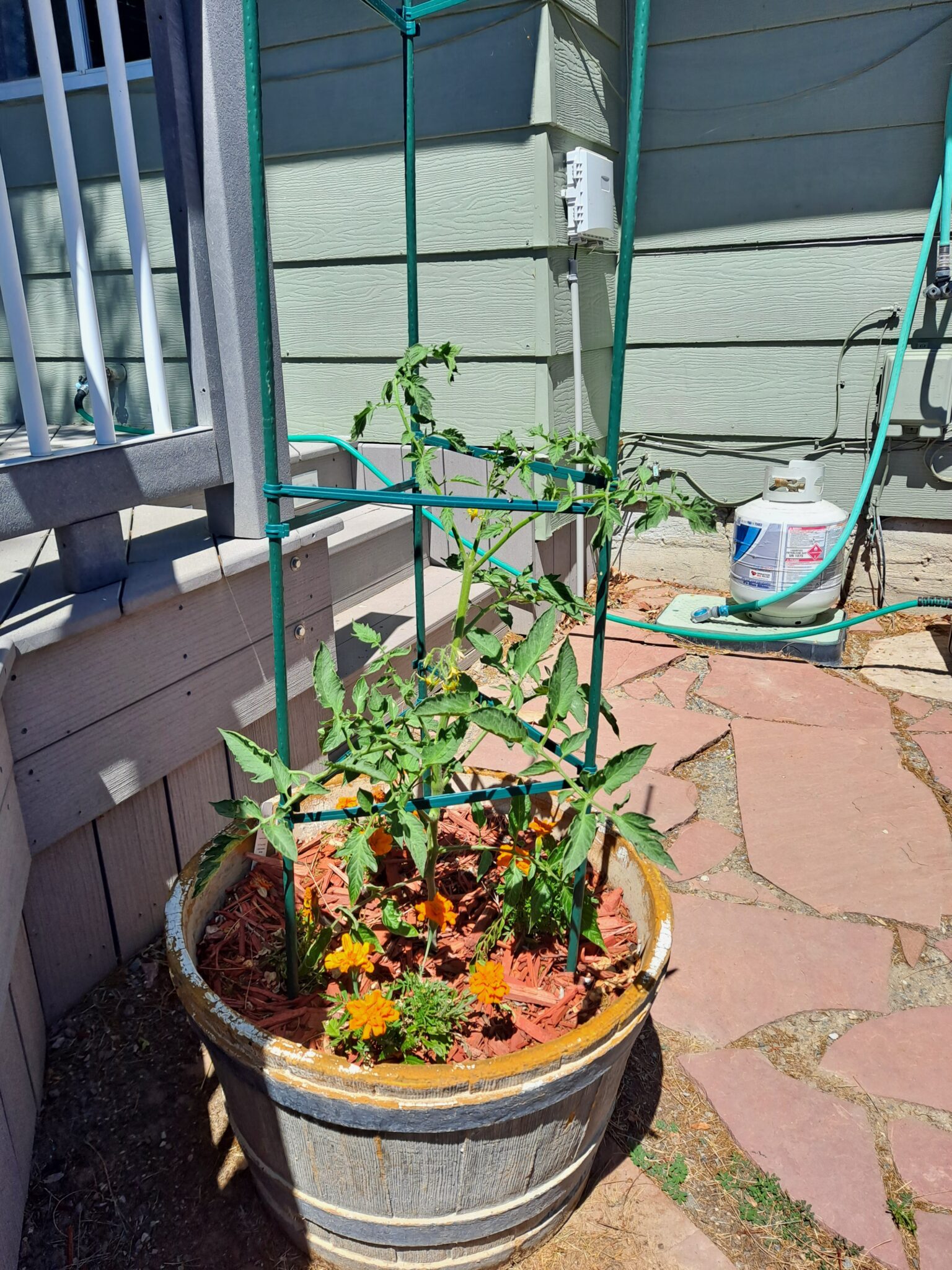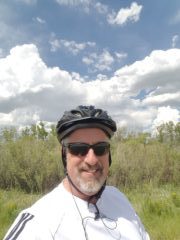‘A man ought to read just as inclination leads him; for what he reads as a task will do him little good.’ Samuel Johnson

Musings on seasonal reading
Before we get to my list, let me expound on my thoughts about seasonal reading. You can skip ahead to the list if you want, but you’ll miss out on some very profound thoughts.
Not really.
After I started writing this blog, I became aware that my reading proclivities dropped off dramatically during the late spring and summer months. This confused me for quite a while. I could think of no reason this should happen. Oh, I still read stuff during the summer: light science fiction/fantasy, murder mysteries, magazines, religious tracts and siding pamphlets left on the front door. You know, stuff.
Summertime is generally known for easy reading. Autumn and winter are apparently the seasons for more serious study. The only reason I can think why this is so is because autumn and winter are the traditional months when students return to school or college. But for most adults, those school days are long past. Why should we choose our reading choices based upon the calendar?
After a bit of thought, I finally came to a conclusion about why my reading drops off in summer.
Summertime, and the living is easy
Things get busy during the summer, and there’s so much going on that reading takes a back seat. In my own case, there’s traveling, gardening, bicycling and grilling to be done. Even on days when it’s too hot to do much outside, I only have to wait for the sun to dip behind the house and cool off enough for me to go outside and lounge in the hammock for an hour or two. After all, summer is a time for both activities and relaxing.
Once I put 2 + 2 together, I had an epiphany. Everybody else are also active during the warmer months. That is why easy reading is so popular during the summer.
Most of you are probably thinking to yourselves: no s#*t, Sherlock. Hey, I never said I was the brightest bulb in the chandelier.
Autumn changes everything
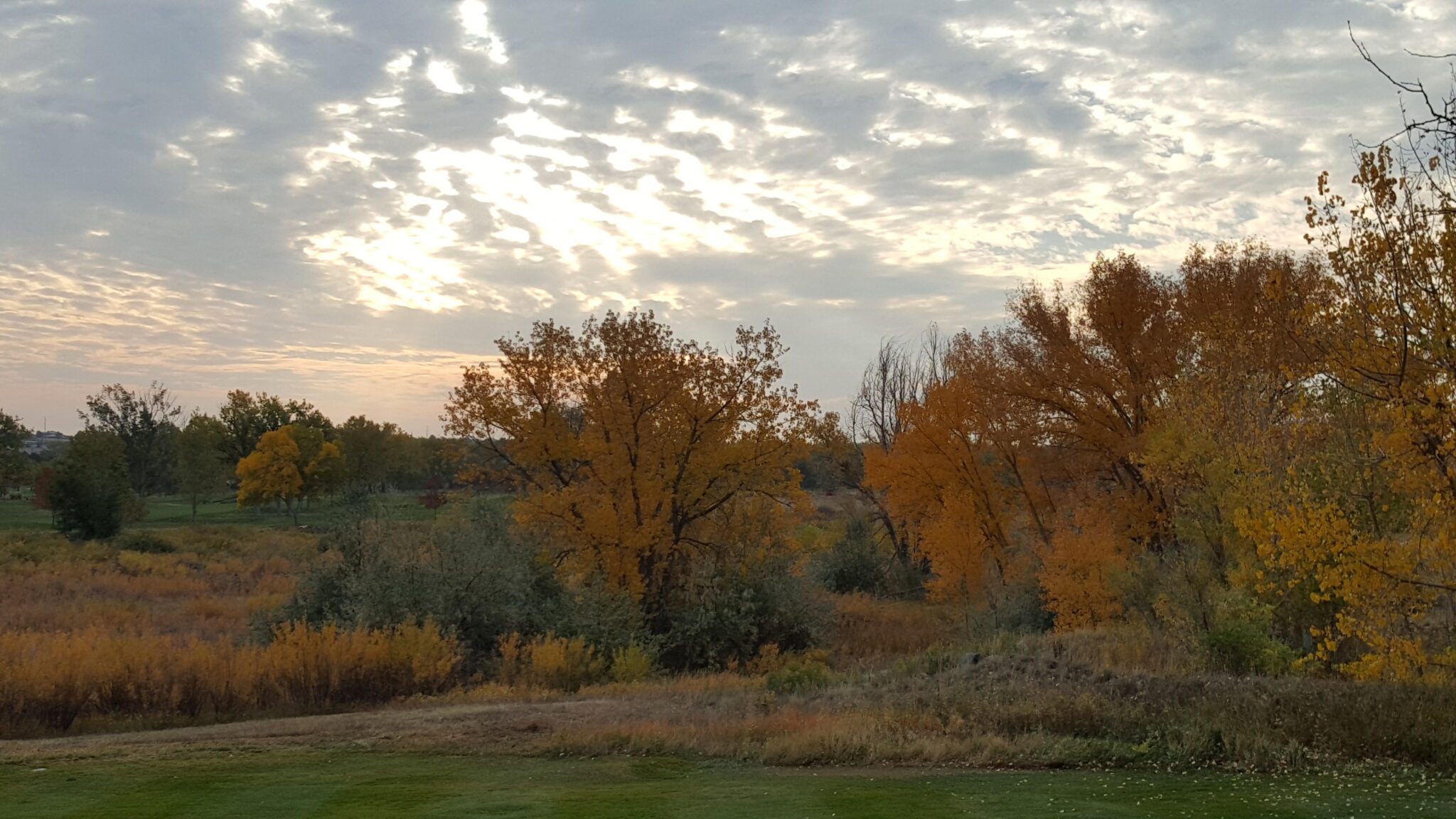
Come autumn, though, and my interest in reading immediately picks back up. The nights grow longer, and the evenings get cooler sooner as the sun sinks toward the horizon, chasing me back into the house earlier and earlier each day.
I feel there’s something primal about autumn reading. The night swiftly closes in. The wind begins to pick up, making the limbs of trees sway to and fro against the darkening sky, and causing fallen leaves to skitter along the streets and sidewalks. Dark clouds come scudding in, threatening rain.
It is evenings such as this that give me such a pleasure in putting on a pair of sweats, heading down to my library, flipping on the warm glow of a lamp, firing up the gas fireplace, flopping down on the loveseat and cracking open a book. Whilst I read I can listen to the rain spatter on the windows, and the house creak when a particularly strong gust occurs. To me, such an evening harkens back to the days of our distant ancestors, who used to gather around a bonfire at night and tell stories to each other.
And that is why autumn reading is so great.

The List…
Ok, my philosophical discourse is finally over. Time to get to the books. Ladies and gentlemen, I present to you MrVintageMan’s 2024 autumn reading list!

The Imitation of Christ (Harvard Classics Vol. 7) by Thomas A. Kempis
Many years ago I was given the “Harvard Classics 5 Foot Shelf of Books” series. And the books have moldered on my shelves ever since. One of my 2024 New Years goals was to read at least 10 pages from the one of the Classics every day. I am now on Volume 7, which includes Confessions of St. Augustine and The Imitation of Christ. I recently finished Confessions, and am now reading Imitation. There is some debate as to who actually wrote The Imitation of Christ, but most scholars attribute it to Thomas A. Kempis, a monk in the order of The Brothers of Common Life, who wrote it sometime in the mid-14th century. Imitation is one of the most widely read Christian devotionals in the world. Some say that only the Bible itself is read more.
Even though I’ve just started reading it, I have already come across a passage that really struck home for me, as it is an attitude that I have spent most of my adult life attempting to live by: “We may enjoy abundance of peace if we refrain from busying ourselves with the sayings and doings of others, and things which concern not ourselves”. Amen! Preach it, Brother!
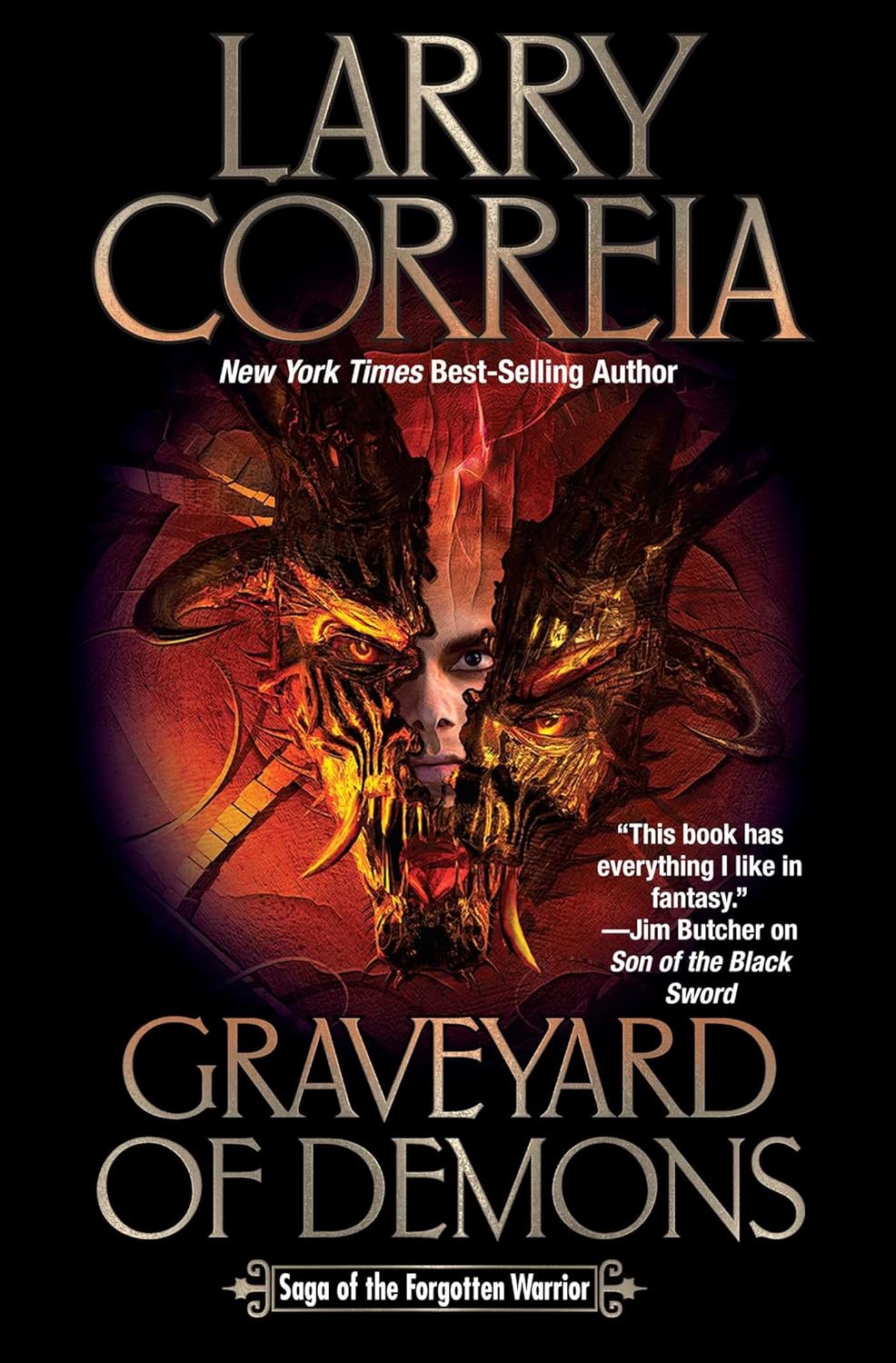
Graveyard of Demons – Book 5 Saga of the Forgotten Warrior by Larry Correia
Scheduled to be released on November 5th, Graveyard of Demons continues the saga of Ashok Vadal, who was once a member of the high ranking Protectorate and carrier of the mighty sword Angruvadal, but is now an outlaw and reluctant protector of the untouchable class. Against him are arrayed overwhelming forces, both man and demon. The demons of the deep oceans have returned to land to wage war once again on mankind, and throw down the gods who imprisoned them in their watery gaol. Meanwhile, men continue to jockey for power, attempting to use the demons for their own purposes. Looks to be a very exciting read
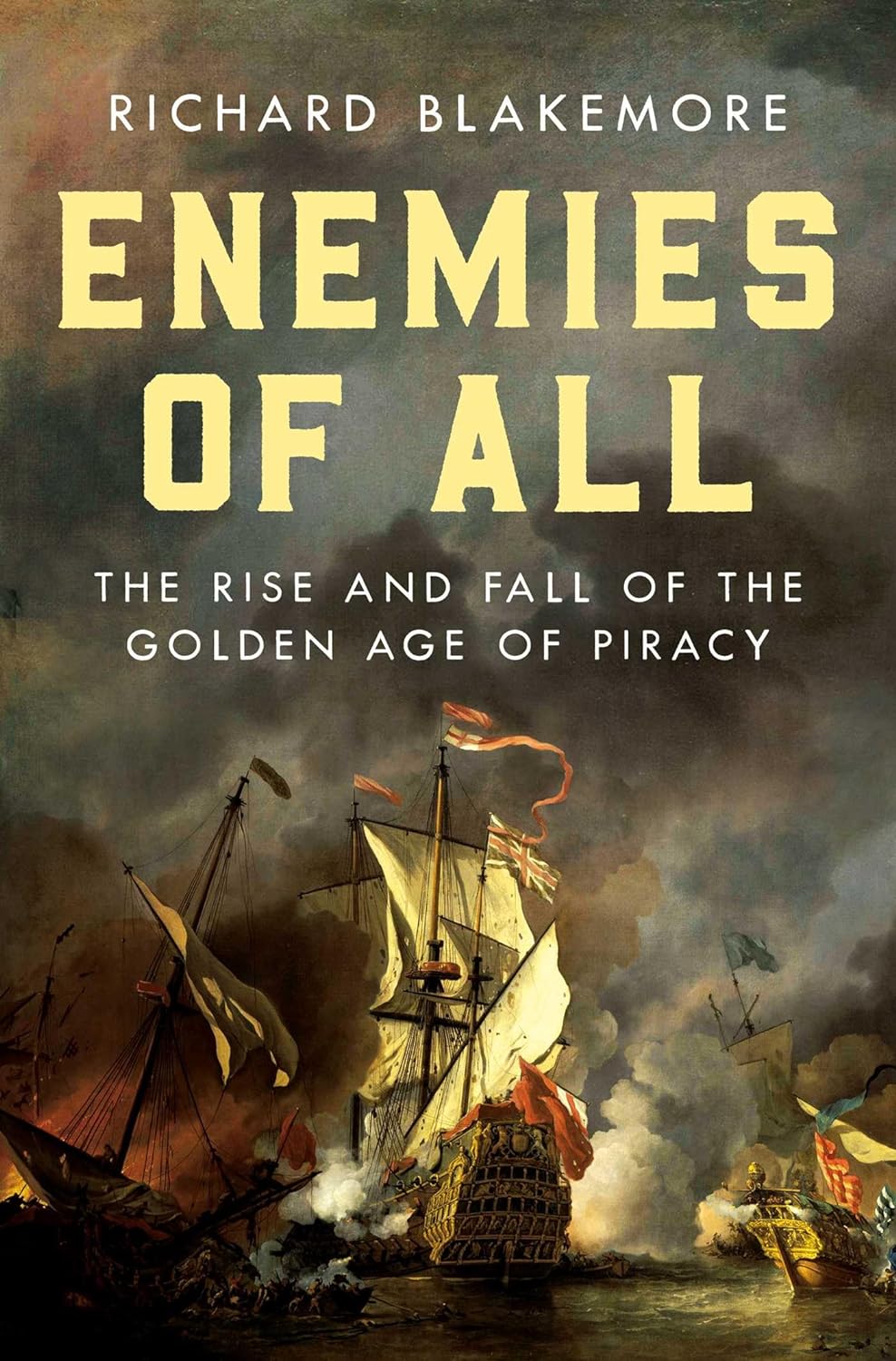
Enemies of All by Richard Blakemore
What could be better for autumn reading than a book about pirates?
Piracy has existed from the moment humans started sailing, and has bedeviled all cultures and nations at one time or another. But for most of us, when we think about pirates, it is the ones who prowled the seas from the mid-17th to early 18th century. Blackbeard, Captain Kidd, Henry Morgan, Anne Bonney and more pique our interest.
Richard Blakemore’s Enemies of All covers the so-called “Golden Age of Piracy” in detail. He doesn’t just cover the names we all know, but also the crews and victims of pirate ships, as well as how these pirates impacted the imperial ambitions of the Great European powers.
Avast, mateys! There be gold in them there pages!
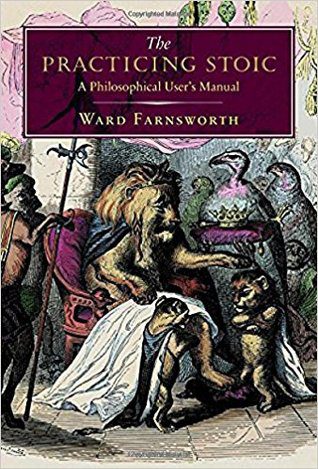
The Practicing Stoic by Ward Farnsworth
I had The Practicing Stoic on one of my autumn reading list a couple of years ago, but I never got around to reading it. So I’m going to give it a try again this year.
Anybody who has used Cognitive Based Therapy (CBT), and especially the branch of CBT known as Acceptance & Commitment Therapy (ACT), will immediately recognize that many of CBT’s precepts are strikingly similar to Stoicism.
Stoicism is a philosophy that was popular in ancient Greece and Rome. The most famous Stoic is the Roman emperor Marcus Aurelius. While there are differences in their approaches, both CBT and Stoicism believe that external events are beyond the individual’s control. The only thing the individual does have control over is how he or she reacts to those events.
Amazing it took nearly 2ooo years to relearn that.
While there are tons of books on Stoicism, I’m interested in reading Ward Farnsworth’s The Practicing Stoic because he doesn’t just collect the wisdom of the ancient Stoics. He apparently explains how to apply Stoicism to in our modern lives.
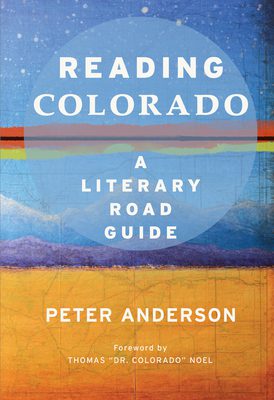
Reading Colorado: A Literary Road Guide by Peter Anderson
Reading Colorado is an anthology of stories and vignettes, both fiction and non-fiction, that take place in the great state of Colorado. A sort of reading road trip if you will. Writings include those by Mark Twain, Willa Cather, Jack Kerouac, Isabella Bird and many more.
Now, this is a fairly thick tome, so I am not about to try and read the whole thing this autumn. I’ll select several stories that sound interesting and read those. However, this puts me on the horns of dilemma. How should I go about choosing which stories? Should I pick one from each region of the state? Should I go chronologically by the date the writings were published? Perhaps I should select different topics to expand my reading palette? So many choices! I guess I’ll figure it out when I open the book.
A little something-something to celebrate Halloween
Something a little eerie…
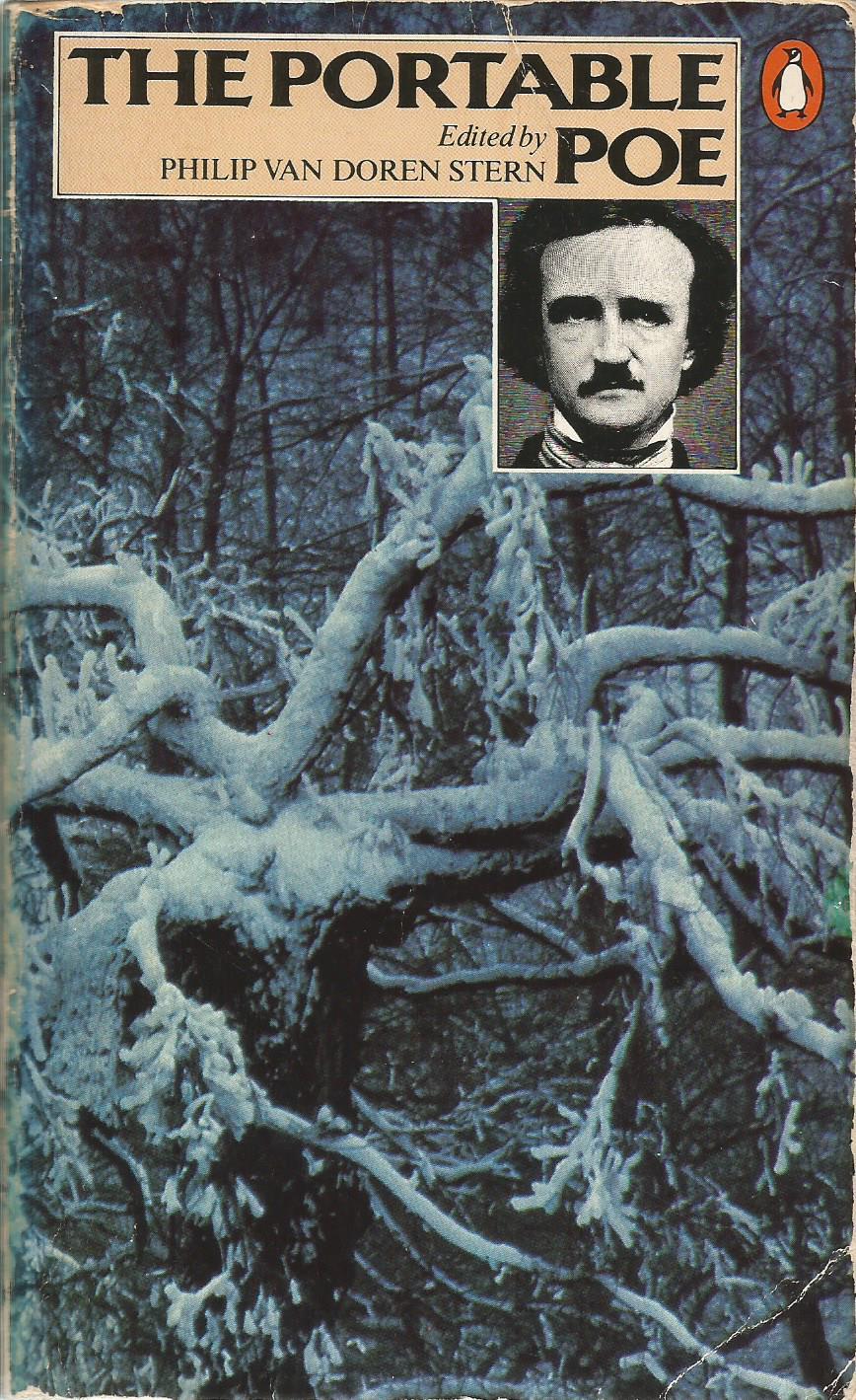
Portable Poe by Edgar Allen Poe
I haven’t read Edgar Allen Poe since my high school days. I’ve had this Portable Poe on my bookshelf for many a year. What could be better on a late October evening, with the night drawing in, than to read a few stories or poems from one the early masters of the macabre?
What shall it be? Perhaps the gruesome fate of Fortunato in the “Cask of Amontillado”? Maybe a man driven insane by an audible hallucination in “The Tell-tale Heart”? Perchance a poor widower haunted by a persistent and annoying bird in “The Raven”? Something else? Hmm. Once again, decisions, decisions.
Something of a Halloween murder mystery

Hallowe’en Party by Agatha Christie
And finally, what could be more appropriate to celebrate Halloween than to read a mystery about a murder that occurs at a Halloween party?
While attending the Halloween party of some neighbors, a mystery author is informed by a young girl that said young girl had once witnessed a murder, but was too young to understand it at the time. Now that she is older, she is sure of what she saw. Same girl is later found drowned in an apple-bobbing tub. The distraught author calls upon her friend, noted sleuth Hercules Poirot, to find her killer.
In conclusion
So that’s my reading list for this year’s harvest season. A real bumper crop of books, it I do say so myself.
What about you, do you also find your reading habits change when the leaves start to fall from the trees? If so, what books are you planning to read this autumn? Got any suggestions that I might enjoy?

